-
Posts
7,885 -
Joined
-
Last visited
Content Type
Profiles
Forums
Articles
Posts posted by kye
-
-
On 6/14/2025 at 4:47 PM, projectwoofer said:
Sacrilege! 😁 How come not the "hacked" CineD? Doesn't it offer a bit more latitude?
Also out of curiosity: which variable ND are you using? I'm still using 3 and 6 stop fixed ones as I'm hesitant to go with a variable one due to potential image quality loss.
I did a bunch of testing some time ago comparing them, and they were less different than I thought they would be, and the CineD and Natural seemed to have the same latitude. I'm not sure if somewhere along the line I got confused between Natural and Standard though, so that might be something to test.
Years on, the conclusion I've come to about colour profiles is that if you're going to colour grade in post with any kind of sophistication (and now with the Film Look Creator tool and Resolve colour management we have incredibly sophisticated tools) then it probably doesn't matter which profile you use.
If I was limited to basic tools then I might just use CineD and be done with it.
It's just preference really.
The vND I'm using is the "K&F Concept 58mm True Color Variable ND2-32 (1-5 Stops) ND Lens Filter". They offer one with a larger range, but it isn't the True Colour one so I suspect it has more colour shifts. I've been really happy with it and my tests didn't show any colour shifts. I asked some professional cinematographers for advice and they said this was the cheapest one they'd recommend, so I suspect this is entry level. The NiSi ones were also recommended, but they're significantly more expensive.
As always, do your own research, but if you're curious I might have my tests somewhere.
- John Matthews and Sebastien
-
 2
2
-
On 6/13/2025 at 10:30 PM, Sebastien said:
But how do you achieve that, provided it is a 4/3 lens without an aperture ring (like my olympus 17 & 45 mm 1.8 and the 12-32 kit lens)?
As I understand it, the only mode that allows for locking the shutter at 1/50 and being able to adjust the aperture via the camera is the manual mode under the movie mode - which does not allow auto iso, right? (Strangely, the M mode for stills allows for auto iso).
From what you've said I would strongly suggest you to use Manual mode and to customise the dials individually (like @ac6000cw posted above) to configure one dial to be ISO ("Sensitivity" in the manual) and Aperture on the other.
This would give you immediate control over the ISO (which you should only raise once the lens is wide open and there isn't enough exposure) and Aperture.
This gives the advantage of the exposure of the shot not changing automatically during the shot. This is almost always something you want to avoid. Like I explained earlier - you don't want the exposure going up and down when bright objects come in and out of frame in the background.
In situations where you do want the exposure to be adjusted during the shot, for example if you're moving from a light location to a dark one, or if lights get turned on/off, you can adjust these things with the dials. This will result in the exposure suddenly changing during the shot, rather than it gradually transitioning (as auto-ISO will do) but this is actually an advantage in post instead of a disadvantage.
This is because if you need to adjust exposure during a shot then in post you can just chop the clip up into a few pieces (on the exact frames that the exposure changed when you changed the dials) and can automate the it from there. The challenge you have when using auto-ISO is that every shot where the exposure is drifting up and down will need to be adjusted with curves to compensate for what the camera did, and this can take literally hours.
I shot a rodeo once using auto-ISO and a guy fell and the bull went over him, nearly treading on him, and so my framing went: him on top of the bull, pan down to him on the ground under the bull, him on the ground after the bull has run off. The exposure was all over the place as the elements in the frame changed and the camera "helped" me with exposure. The exposure automations I had to use to create an exposure that looked like nothing happened were complicated and took me literally hours. Had I shot it using one exposure then I could have just used a single exposure automation to bring up the exposure would have only taken minutes, and even if I'd have adjusted aperture or ISO during the shot it would only have added a few minutes in post to chop it up and adjust each segment individually.
As you saw from my stress tests above, there is a lot of latitude in the files, so I cannot imagine that many situations where you'd want to change exposure during the shot.
I used to be a full-auto shooter, and shot like that for years, listening to people online about how doing things manually was better. Now we have better tools in post, I have now fully switched to manual shooting as I've been through the pain of adjusting things in post to compensate for the camera wandering around.
On 6/13/2025 at 10:30 PM, Sebastien said:While using standard, do you leave the "sharpness", "saturation", etc. as it is, or would you recommend to dial them down a bit?
I'll try that, keeping in mind that the standard profile offers some flexibility to adjust the colors in post. The correction that you have shown above are impressing.
Just looked. I have -5 Contrast, -5 Sharpness and -5 NR, and 0 Saturation.
There is a whole topic about why I have set these the way I have, but that's what I recommend.
On 6/13/2025 at 10:30 PM, Sebastien said:I'll try that, keeping in mind that the standard profile offers some flexibility to adjust the colors in post. The correction that you have shown above are impressing.
5600K makes things look like what they actually look like.
I shot for years using auto-WB and just couldn't make things look natural in post, they always looked like something was off in some way. This solves that issue. I found that when shooting in available light, even doing a custom WB on a grey-card gives a worse result than just using 5600K.
I'd encourage you to set it to 5600K and carry the camera around with you in a pocket for a day with the smallest lens you can find and just take a 1s clip of every location you can find. Then pull them all into your NLE and see how they look. You might be surprised at how well it works across all the different situations.
If you can, take it to some night markets where vendors are selling food from vans and people are selling low-value items. You will find the most incredible variety of ultra-low-quality lighting imaginable, as every vendor will buy the cheapest LED lights they could find at the time. Trying to "correct" for these lights will be futile, but the footage should still be a representation of the environment you shot in, even if it won't look like a beauty commercial.
A note on testing... I shoot in similar situations to those you have mentioned, and I have come to the conclusions I have come to via lots of experience and an incredible amount of testing.
Testing is so important to getting good results because so often you are convinced of something and then do a test to verify your opinions and find that the results are radically different than what you were expecting. So many people online are full of opinions that are so easily proven to be false with only a few minutes of real-life testing.
I'm not sure if you've come across any cinematographers doing latitude testing of a cinema camera, but it's very telling that cinematographers (whenever possible) will do camera and lens and lighting tests prior to shooting a TV series or movie, and it seems like no-one doing videography or photography does these or talks about them. Hell, I was looking at a lens the other day and couldn't even find anyone who published test images at different apertures to see how the lens performed wide open vs stopped down. I found lots of photography bloggers who published lots of images and had lots to say, but testing? Nah....
Professionals test, amateurs guess.
-
I forgot that for exposure I also use Zebras to show what is clipped.
To expand on my exposure strategy, I try to expose to the right (ETTR) but making sure that the only things being clipped are things I'm ok with being clipped. If the DR of the scene is significant, you have a decent ability to bring up the image in post, so underexposing high-DR scenes can be a good strategy.
This might sound silly, but when shooting in available light, having the sun clipped is just fine, at night having lights clipped is fine, etc. The GX85 image can always be brought up in post, but you can't bring it down if something is clipped.
I have a good thread on testing the GX85 here.
Here is an example of the torture test I did with exposure and WB.
These are the test images SOOC:

Note that these are horrifically wrong in exposure and WB. This is a torture test after all!
After correction:

Small adjustments in exposure or WB are completely possible in post.
-
13 hours ago, Sebastien said:
Hi there,
I recently re-aquired a gx80 for a mere €180, because waiting for an update of the series by Panasonic is obviously futile (and a x-e5 costs almost tenfold).
I'd really like to know in which modes you use or used the camera for shooting video. With the "VideoM" mode dailed in, and in "S" mode, the display reveals no information about which aperture or iso the camera is using, and whether the exposure is right. Same in A or P. When I stick to "M", I'll see if the scene is under or overexposed, but I have to operate Iso manually, on top of shutter, aperture and ND - this is a bit of a stretch in "run and gun" situations, which suit the camera very well, otherwise. I used to film in the A and S dial stills modes, but someone on this forum said that the camera won't stick to the values displayed when not running the video from the movie mode.
What are or were your settings, especially when covering, let's say, L.A. riots or other environments in movement, with changing lighting conditions? Have you tried the Standard "S" or "A" stills mode?Congratulations on your purchase!
I have the GX85, which apparently is very similar to the GX80, but you might notice small differences perhaps, so I guess maybe not everything I say below will apply to you.
I shoot run-n-gun fast-paced stuff so probably very similar to the challenges you are facing. Here is how I setup and use my GX85.
This is the screen, showing lots of handy info.
Going from top right, here's what I do.
I use the custom modes to store different configurations. In this case, it's in C3 and that is fully-manual. You can't set the mode (ie, PASM) once you've created the custom mode, you need to create the custom mode with the right PASM mode. To do this you choose the right PASM mode that you want to use using the top dial, then save that configuration to the custom mode with the "Cust Set Mem" function, and then you can change to that custom mode using the top dial and then further customise that custom mode.
I use the standard profile. I've done lots of testing and the standard profile is the most flexible if you're going to further tweak the colours in post. If not, feel free to choose whatever mode you like.
I use focus peaking and have set it to a custom button to switch between the high and low sensitivities. I use this in combination with making the display black and white so the peaking is more visible.
No flash.
4k 24p.
I've setup back-button focus. This means the camera is in MF mode, but I have configured the AE/AF Lock button to enable AF while you hold it down. The way I shoot with an AF lens is to push in that button, see what it focuses on (which is obvious because of the peaking) and then I release the button, then I hit record. This means that the focus doesn't change during the shot. This means the focus isn't hunting around all over the place, it's not focusing on the persons hand or on the person that walks in between you and your subject, it doesn't focus on the background if they move in frame, etc.
It won't follow them if their focus distance changes, which can ruin some shots, but my experience is that AF jumping around ruins more shots than the subject moving does. Plus, if the subject moves slightly the aesthetic of them being slightly out of focus for a bit is far less objectionable than the AF jumping around for no reason.IBIS is enabled.
IBIS gets a lot of criticism but if you stand still and hold the camera as still as you can then the IBIS will simply help you to be more stable and the jitters and jello effects can be reduced entirely. Shooting in fast situations means that tripods and monopods are often too slow and cumbersome, but if you try and emulate a tripod by using IBIS (or better yet, combine IBIS with OIS from a stabilised lens) then you can easily get very stable hand-held shots that with a tiny bit of stabilisation in post can be perfectly locked off without and artefacts at all.I set my AF to be in the middle of the frame, which combined with back-button focus is really fast and usable. Even if you do the photography thing of putting the subject in the middle, doing AF, then setting up your composition, it all works perfectly.
I expose using the histogram.
Exposure is a big topic, but I have done extensive testing and have concluded the following.
In the Standard profile, you can do quite significant changes to exposure and WB in-post, even with simple tools, if you keep the exposure in the middle. The limits are that if something is clipped then it's clipped (of course!) and if it's in the noise floor then it's also gone. Apart from that, you have lots of flexibility.Audio meters show the levels. I use auto-levelling, but audio isn't really a big part of what I do and if you only shoot short clips like I do then any variation in level that it introduces isn't going to be much over a short clip, and it saves more shots by adjusting itself than it ruins. You can always set it to manual if you like.
Aperture and shutter speed. I always use 1/50s when I shoot manually. Adjust as you see fit, depending on if you want to expose with shutter speed and not use a vND. Personally, I find that not having the exposure going up and down randomly is a good thing, and adjusting the shutter speed with the dial is just as painful as adjusting a vND.
If you're using a manual lens then you can just set the camera once, and then all your controls are on the lens (vND, aperture, focus) so that's a really nice way of working. Lighting doesn't change that much, especially in daytime exteriors, so it's not a big deal. I've swapped to a high quality 2-5 stop vND and it's got enough range for daytime if you're willing to stop down a bit during the brightest bits. In busy outdoor situations you don't want to blur the crap out of the background anyway, so stopping down is actually more relevant than isolating subjects to the point where the shot could have been taken anywhere.The exposure meter is sometimes useful, but it's dumb. For example if you're shooting a person and a white van drives past in the background it thinks that you should change the exposure. Obviously that's dumb because you're shooting the person and not the van.
ISO200 = base ISO. This camera doesn't have great high-ISO, so stick to base ISO when you can.
WB = 5600K. I shoot exclusively in this mode. After using auto-WB for many years, I've come to realise that while different lights appear different with a fixed WB, things look like what they are. During the day things look right, sunset looks very warm but looks right, fluorescent lights look green but that also looks right. I rarely change WB in post now, and if I do it's to even out and tiny variations between shots just to polish the final video.
My final piece of advice is to get a native zoom lens. Either the 12-35mm F2.8 or 14-140mm F3.5-5.6 are great, but the 14-42mm kit lens is also very capable and not to be underestimated. In complex situations you are often restricted in where you can move to, and will often want to zoom in to control your compositions. Having AF speeds up your shooting substantially, especially when you might only have seconds to get rolling when you see a moment about to happen.
Happy to discuss further if you have questions, and I recommend searching around here, I've been posting lots of stuff over the years, including lots of tests and sharing what I have learned.
Also happy to talk about strategies for shooting coverage, etc.
Once you buy the gear and learn the settings you can make a video. It's what's in front of the camera and what's behind the camera that determine how good that video will be.
-
22 hours ago, BTM_Pix said:
A great benchmark.
Do you still have that XC10?
Indeed it is, and indeed I do!
Haven't turned it on in.. well.. some time.
I must admit I find it funny that my first video-first camera was the XC10 but moved on because I wanted shallower DoF, and now I'm back to shooting deep DoF with a 10x zoom lens. This is why I never sell anything - I've lost count of the number of times I learn something new and then pull things out of the discard pile again, and although it's mostly lenses, you never really know.
- John Matthews and FHDcrew
-
 2
2
-
Went hot-air ballooning and if there was ever a challenge for shooting, this was it. Extreme low-light and extreme DR from hugely bright light-sources.
They say you can't take bags in the balloon, and it had been really wet weather, so I decided to go small. I took the GX85, TTartisans 17mm F1.4 for the low-light, Laowa 7.5mm F2 for an ultra-wide, and the 12-35mm F2.8. I was a bit cheeky and took a sling bag and kept it under my jacket. The requirement is that nothing is loose in the basket and that you can hold on with both hands for landing, so I figured my bag under my jacket was basically the same as having a big pocket.
It's a crazy early start. We arrived in the field before first-light and they started setting up in pitch darkness guided only by torches. I started shooting at F1.7 and needed ISO6400 at first to get any kind of level on anything except their torches. I shot on the 17mm at F1.7 and gradually reduce the ISO until the balloon was mostly inflated, then swapped to the 7.5mm for a few wide shots, and then swapped to the 12-35mm F2.8 and it was time to get in the balloon and off we went.
I also shot with my iPhone 12 mini for some quick shots using the ultra-wide when I didn't want to change lenses, and also as we were approaching landing, as I had put the camera away in anticipation. It was super-foggy and the pilot ended up having to land early and for a while we were going pretty close to the treetops so I'd put my camera away when he told us that he'd be landing at the next opportunity.
Frame grabs.. mix of GX85 and iPhone, put through a quite moderate FLC pipeline.
In retrospect I took the complete wrong equipment and used it in the wrong way (so, it's business as usual!) but the FLC pipeline really took the footage to the next level, and I used just enough strength on the film emulation to get rid of the digital look to the images.
Here's a comparison.
Grade (same as above):
SOOC:
The GX85 has super-whites so despite being SOOC that image is actually slightly clipped in-post and some highlights can be recovered, which the FLC grade has done, but you get the idea. The SOOC is with the GX85 default profile and has much more of a video look to it, despite being pretty good compared to other similar cameras.
If I was to take the same equipment again, I'd lean into the darkness and just use the 17mm at F2.0 where it cleans up and use the GX85 at something sensible like ISO1600. This would have the early shots as perhaps being unusable, but it would mean that the torches the crew used wouldn't have been clipped (I clipped them in favour of exposing what they were shining on).
We're going to go again later this year, and for that I plan to take the GH7, 9mm F1.7 and 14-140mm F3.5-5.6.
This will be a much larger setup but if I use a neck strap then I only have to have one lens in a pocket and so I won't need a bag at all. I just bought the 9mm F1.7 and it's sharp wide-open, so apart from having AF, it is both an ultra-wide as well as a low-light lens. I can crop in-camera and/or in-post to get a tighter FOV, but you don't normally need long focal-lengths when it's that dark.The more I use this FLC pipeline the more I like it. If I'd have shown these images to my 2018 self, I wouldn't have believed me when I said that it was me that made them.
- PannySVHS, mercer, TrueIndigo and 4 others
-
 7
7
-
I have now imported my iPhone footage and put it through the same FLC pipeline as my GH7 footage.
As you may recall, I shot the "home video" parts of the trip with my iPhone 12 Mini, and part of the goals of the new FLC pipeline is to be able to improve the iPhone footage and match it better with the GH7 footage.Overall, I am pleasantly surprised with both the images and the user experience.
With my phone in my left-front pocket and GH7 in my right-hand, I could extend the pop-socket out, pull my phone out, shoot with it, then put it back, all with my left hand and not having to even turn off the GH7. Having the ability to swap from shooting with the GH7 and 14-140mm to an ultra-wide in seconds is great when you want to capture the action in real-time:
It has surprisingly good handling of real-world DR:
It allows for quick and unobtrusive shooting in restaurants and cafes:
which also gives some background defocus which is nice.
...and it is great for shooting in very cramped or crowded situations:
I struggled shooting in the Myongdong night-markets just because the GH7 was so conspicuous and just not well designed for such things, however the iPhone worked quite well for those chaos-and-people-everywhere shots, and was great for shooting situations at point-blank range:
In retrospect I wish I had shot more whimsical footage with it throughout the trip, but that's a note for next time.
In order to see how the FLC is contributing to these images, let's compare some of the above shots to how they would have looked with a simple CST workflow (I did a CST to DWG, matched exposure, then CST to 709-A).
I find that it takes the digititis out of the images quite a bit.
Another thing it does is hide some of the limitations of the iPhone too. Here's a shot I took from out the train window. It's obviously a very low-light shot and the iPhone NR was probably set to "armageddon".
FLC (with a touch of sharpening):

Anything in post that applies across all your shots will help to unify them, and so having a slight softening applied to all the footage, as well as similar colour treatment, can really help to smooth things around any rough shots. I created my own powergrade using FLC I called "50mm" because I took the grain and softening settings from the 35mm and 65mm presets and set things to the mid-point between the two, effectively emulating a 50mm film process. I have more work to do, including working out what settings give what results once the footage has gone through the YT compression, but it's a start.
-
On 5/16/2025 at 12:13 AM, John Matthews said:
I also had the GH6 for about a year, but I'm really considering getting one again. I'll probably do like @kye and use that 14-140 most of the time. I'm still debating in my head though. The problem is simple- there are just so many old smaller "good enough" cameras, but nothing small and modern that can do 4k120 in the system. The G9ii is the smallest.
On another note, I'm not exactly how MPB decides to offload cameras sometimes. One day, there're 20 GH6 bodies and the next day none.
One way to think about it is that if you put on the 14-140mm then you can just think of it like a camcorder, BUT (unlike a camcorder) you can swap to a different lens in those rare situations that come up from time to time. The 14-140mm with its seriously extended focal length at the long end, combined with the reasonable high-ISO performance of the GH7, means that it can do most things, but in those rare situations you're not stuck.
Having an ultra-wide is really handy, especially for travel, and having a fast prime is really handy for low-light situations. Having a vintage lens can also be a fun addition too, when you want to go from having a normal look to having a dreamy or nostalgic look.In terms of shooting travel, I shot several different 'genres' on my last trip, and I actually found it to be quite straight-forward to do (I had wondered if it would just be too confusing / overwhelming but it didn't turn out to be). So you could easily swap between a few options for those different genres.
I really feel like the GH7 + 14-140mm has all the advantages of a camcorder or an ENG or doco setup where I just use it and don't think about the camera almost at all while shooting, but then I can swap lenses when the need arises.
-
2 minutes ago, John Matthews said:
That really speaks to me. I've also heard it being described as the scene being a "menu" and you need to take something on it, only the most interesting parts. The 14-140mm does that nicely.
With the GH7, are you finding yourself using the EVF more or the tilt-up screen for most of your travels? I'm guessing the EVF.
The 14-140mm allows you pretty much to shoot whatever compositions you can see. There were a few shots that required longer than 140mm, but by the time I add the in-camera zoom to get a 1:1 crop in C4K it's at 179mm, then stabilising in post makes it more, and then I can crop in post further, so that pretty much covers it.
I only swapped to the 7.5mm lens once, which was an absolute PITA by comparison.
In terms of the screen vs EVF, it's really a toss-up.
The EVF can be more stable because it adds a third point-of-contact, but it really makes people aware you're shooting at them, even from far away, and it forces you to shoot from eye-level too. Shooting using the screen (tilted up) allows for shooting from chest-height, which I find much more pleasing for people shots, and is less noticeable too. The added complication is that the EVF can be adjusted so I don't need my reading glasses, and can read all the information on the screen.
In practice I'm still figuring this out, but it created a few combinations that seemed to work.
If it was bright out, I'd wear sunglasses, and shoot people from chest height just using the histogram and zebras to expose and peaking to confirm the AF was good. Then I'd use the EVF when I was zoomed in far away or shooting up at buildings etc which benefitted from the extra stabilisation.
If it wasn't bright then I'd use the EVF for the same zoomed shots, and when I wanted to shoot people from chest height I'd put on my reading glasses and be able to see the screen just fine. If I quickly wanted a chest-height shot I could grab it without putting my reading glasses on first, as the AF and on-screen tools are so intuitive. -
Thanks for the kind words @John Matthews and @ac6000cw .. I welcome the change of talking about the creative possibilities that the equipment affords us in using it, rather than just discussing it in theoretical terms.
I'm now back home and starting to reflect on the trip, and one theme is that the more I use the 14-140mm the more I like it.
For travel, where moving fast and having the flexibility are important it really shines. The length really seems to be an asset and I mentioned before that I ended up using the long end more than I thought I would, but let me expand a little on that.
They say that painting is the art of addition, and photography is the art of subtraction.
In painting, you have full control of the canvas and therefore getting nice frames is about starting with a blank canvas and deliberately adding the things you want it to contain. Whereas photography starts with the entire world, which for most purposes normally contains far too many things, which means either you physically remove those things from the composition you're photographing, or you change your location and focal length to exclude the items you don't wish to include.Obviously you can't just take a scene line the below, ask everyone to leave, remove all the signs on the buildings, remove the trees you don't like, etc, just to get a nice composition...
So the answer is to find the elements you like, position yourself so that they are lined up, and then zoom in to get the composition you like most, like the below for example...
I don't normally post shots of my travel companions because they're not keen on being posted on the open internet, but here's a good example shot of what a zoom is great for - seeing something and quickly capturing it. Yes, you can do this with primes, but very few people are going to travel with a 135mm MFT prime or 300mm FF lens, and even if they did they likely wouldn't be able to change to it fast enough to grab a composition like the below, and even if they could the likelihood that the FOV would end up containing all the right elements in the right proportions is very very low..
This also gives a small insight into for far behind my wife I will get while stopping to shoot this and that, so speed matters in the sense that she might walk so far ahead I might never find her again!
I also find that in the edit the variety of focal lengths gives the footage an element of variation that I really like. For years I shot with a 35mm equivalent as my main lens, only swapping to other lenses when there was a good reason and time to do so, and I found that after a while I started to dislike the "one perspective" feeling the footage had. It's a valid creative choice, and if that's the feeling you want for your videos then that's great, but it's not the feeling I want on all my videos.
-
Some shots from a few days ago in Insadong. This area was very crowded and I did grab a range of normal shots at street-level, but the ones looking up were of particular interest to me due to the variety of architecture in the area.
For reference, this is what most angles at street-level looked like:
I have been recording a number of themes while out and about. The first are the 'normal' street scenes taken mostly at ground level. The second is views from the hotel window, which I posted earlier. The third is looking up. The tall buildings here (with its ~25M population in the metro area) are seemingly unending, in variety, size, and number. Some are deeply creative and stylish, some are featureless and faceless and nameless. A good subject to include if trying to capture a sense of the place.
Here are a few shots looking up. Like all things here, it's about contrasts, and often the vegetation contrasts beautifully with the buildings so I've leaned into capturing compositions including both. These were all taken on the same day as the above shots.
- mercer, MrSMW and John Matthews
-
 3
3
-
8 minutes ago, PannySVHS said:
I really loved the colors from your Bmmcc footage and I liked them better than GH7. @kye I've only liked the color from half a hand full of GH6/7 videos, one of them with high production values by Olan Collardy.
It seems to me like it's harder for a lot of people to treat log footage shot in natural light, coming from these modern hybrid cameras of the last five years. I like my og bmpcc much better than my Lumix S in that regard, same with stuff available on youtube.
My first priority was to make the images not look like cheap digital, which I am confident I've achieved with my current workflow. The images I'm getting sure look like film to me, especially seeing how it reacts when dialling the Exposure up and down within the plugin.
I think I have more work to do in learning to control the high DR shots, but that's something for when I am back at home and have time to experiment with different techniques. I am still contemplating modifying my custom DCTL that works in L*a*b space to be the front-end that I will use to grade underneath the overall film look.
Once I've gotten a handle on the files and how to control them, then I was going to go back to the BMMCC images I took on my last visit here and then try to match the GH7 images to those BMMCC ones. The light here is a bit different to at home, so having footage from the same place to compare is very useful.
I feel like up until now I've been struggling with footage that wasn't up to the (very difficult) conditions I shoot in, and now I have equipment that is giving me files that I can make into whatever I like, so the question then becomes what I want them to look like, which is a whole other journey.
-
21 hours ago, zerocool22 said:
I see, well in my case I would be using it also for run and gun interviews with only natural light. So dynamic range needs to be great. Not sure my s5ii will make it, allthough according to cined. There is not that much dr difference with the a7siii. Maybe the highlight rolloff is nicer on the a7siii. Not sure.
I wished there were more camera stores over here that would let you test stuff in their store.
I would suggest that it has enough DR, as would most current high-end cameras. Have you done any tests to work out how much DR you're actually dealing with? I'd suggest it's less than you'd think.
It's trendy to complain about how cameras don't have enough DR and to continually call for more, and I have done this in the past as well, however I did it because I actually shoot scenes on a regular basis (backlit sunsets) and I was able to work out how much DR this required in real life (the BMPCC / BMMCC could just do it and the GH5 fell short) so I knew I needed around 11 stops. I would suggest that interview situations, even naturally lit, wouldn't require as much as literally having the sun in the frame, but it's very easy to run a test and find out.
I did a latitude test on the GH7 in V-Log Prores and whatever wasn't clipped kept full quality, so with proper colour management was basically perfect.
-
16 hours ago, zerocool22 said:
Nice stuff! Have you shot any interviews with this setup?
No, I just shoot travel stuff, so not really the same thing, but having said that it would crush it if you gave it controlled lighting and a fast sharp prime. Shooting in these high DR scenes with available lighting is a torture test compared to an interview where you're rolling out the red carpet and making everything the easiest it could possibly be for the camera.
You feeling tempted?
-
Raining in Seoul today, so pushed the GH7 + 14-140mm combo to its limits, including the in-camera digital zoom to get to 179mm, equivalent to 358mm on FF!!
Don't judge the lens by these images, apart from having a film emulation applied, I was also shooting through two layers of hotel glass on a range of angles, and the rain and dirt on the outside of the glass wouldn't have helped either.
My normal thoughts when shooting through dirty glass is to have the fastest lens possible to blur it all into oblivion, but the DOF calculator says that a 50mm F1.2 lens focused at 100m will have 41.6m in focus in front of the focal plane, but the 140mm F5.6 lens also focused at 100m will only have 30.2m in focus in front of the focal plane, so the 140mm will blur the raindrops on the glass more, presumably because of the longer focal length. Win!
This is the situation I had in mind when buying the 14-140mm lens, although obviously I knew I would use it for other things too. I must admit that I've been using the long end while out and about much more than I thought I would, so not regretting the purchase at all.
-
8 hours ago, MrSMW said:
It's like a wedding where the fella wears a dark suit and the bride, a white frock. In bright sunlight. And insist on doing everything outdoors, early to mid-afternoon. Welcome to my world 😏 😉
Maybe gothic weddings is the way to go?
6 hours ago, PPNS said:Perfect Days (which is btw set in Tokyo lol)
OMG, of course it is. This travelling stuff will rot your brain I tell ya!
But better to refer to Perfect Days than to Train To Busan - I'm not interested in a holiday THAT exciting.
But talking about contrast ratios, yes, the frame grabs were for reference of how dark they print finished films and how much contrast they tend to have in the finished print. The files from the GH7 are incredible, and certainly the best I've ever owned, so dealing with these challenges is new to me. Previously I would have files clipped in-camera and the shots would just be binned, or they'd be super contrasty and without proper colour management I'd be struggling to make them look natural and without radical colour casts etc, so this is a very welcome development!
I wouldn't mind holidaying in overcast conditions actually - where do I apply to get one of those remotes that changes the weather?
-
Visited Jikjisa Temple yesterday, which was founded in the year 418, and looks straight out of Crouching Tiger Hidden Dragon. Everywhere you turn there are compositions that make you gasp.
The main challenge with full sun like this is the high contrast scenes, and then grading them so they don't look faded and also don't have half the image almost while or half of it pitch black.
This one has slightly more contrast than I'm happy with, but it gives you a sense of the look things start to drift into.
When I'm grading them for real, I think I'll likely use large power-windows and pull things down or up using those.
As a reference, here's the kind of shot I'm talking about where the contrast ratios are just overwhelming. The information is all in the files, so I'm capturing it all, I just have to pull it out.
- alsoandrew, Juank and mercer
-
 3
3
-
4 hours ago, maxJ4380 said:
I think that last set is nicer, although i can't tell you why. i know its night and i expect it darker. I'm not entirely sure that its being down to night is the only reason they are nicer. You've done something different in your approach to grading or the initial video i think.
Thanks!
I've literally used the same saved powergrade for each set, adjusting it a little perhaps but not by much. I think I backed off the halation on that set, but I can't remember making any other change.
They do look nicer though, so maybe it's just the exposure levels, or maybe it's just the subject matter? Sunset and blue hour always has a certain magic to it.
-
24 minutes ago, MrSMW said:
Nah, they will pass, but then these are night shots rather than day so would expect them to be darker 😝
I re-watched The Batman yesterday. Last time was big screen with French subtitles 🥸 but at home on this occasion and that movie I think is a great example of ‘dark’ for reference.
Just had a look at some stills from it, and yes, much darker than my other references.
I looked through all the John Wick franchise, as well as some other action series too, and one way they can make these things all look dark is just have them all set in night-exteriors or interiors without visible daylight. I think there's lots of tricks like this. For example, I read an article on how movies often look "larger than life" which has many factors, but one was that there were almost three times the number of shots that were taken below eye-level as those at or above eye-level, so most of the movie was literally looking up at the characters.
-
Last nights adventures. This time I graded with MBP monitor set to middle brightness and referred to some references.
I swapped from the 14-140mm f3.5-5.6 + vND combo to the 12-35mm f2.8 lens without vND once the sun went down, as it's easier to shoot with the constant aperture when zooming. The stalls and restaurant areas were too bright for F2.8 and base ISO 500, so had to stop down on some shots. The massive lanterns in the parade were also a challenge too, bring so much brighter than the ambient levels, and I didn't want to smash them into the highlight rolloff of the emulation.
I tried walking with it at 12mm but it was IBIS-wobbles galore, so next time when walking I'll probably use my iPhone. I compared my iPhone 12 mini cameras to my GH5 and the normal iPhone camera was equivalent ISO noise to GH5 with F2.8 and the iPhone wide was equivalent to GH5 at F8.
@MrSMW can tell me if these are still too dark 🙂
I based the FLC grade on the 35mm preset, but I'm thinking that it's a bit too low-end, and the 64mm preset is a bit clean, so I might create my own 50mm preset for something in between.
-
Edited and uploaded the stabilisation test video.
Test of how well the GH7 and 14-140mm combination is able to stabilise hand-held footage.
GH7 was using the Boost IS mode, which is a more stable version of IBIS (but it doesn't do electronic IS, that's a different mode, so this mode has no crop). My hands were more shaky than normal when filming this, and the first shot was standing up without leaning on anything, and the second shot of the hotel was sitting down.
Results aren't perfect, but they're good enough for my purposes.
-
12 hours ago, MrSMW said:
I'm finding this last set a little too dark Kye...but that might just be my personal taste.
I often do the old 'Squint Test' when it comes to images and these are just a tad too dark for me.
Hope you don't mind me saying...
I don't mind at all, I mentioned it partly to raise the topic as I'm not sure about it.
What I need to do is to get a bunch of references and study how they distribute the DR of the images into the final grade, so I can get a sense of things. A bit like how cinematographers get an understanding of levels and ratios, using false colour or a light meter.
I pulled a few reference stills from the movie Perfect Days which is set in Seoul to compare:
and some from Kill Bill vol 2, as it's a bit more contrasty:
and The Matrix, because it's got that feeling of the matrix not being a real place, which gets to the idea that Seoul is like a world unto itself:
or The Killer has quite a dark grade to things:
There's something about the rich dark areas, and having rich dark colours that I'm chasing, but obviously I'm yet to work out what it is and how to get it.
Works in progress though!
-
-
First day out shooting in Seoul. Here are some images.
These are all frame-grabs, were ETTR, had a look put over them with Resolve FLC plugin, and I adjusted exposure on each (and contrast on the odd one or two) and that's it. I'm sure I will finesse them once I start editing for real, but this is essentially just looking at my dailies.
Setup is incredibly easy to use thanks to the huge DR, AF is super-snappy, the 14-140mm zoom gives so much flexibility and I'm finding I'm using the long end a lot more than I thought I would.
I'll post some video footage of it later, but I'm also finding that I can hand-hold at 140mm (280mm FF equivalent) and with the OIS + IBIS working together get almost no movement in the frame at all, and with a slight crop in post I'd get locked-off images. At anything below 80mm or 100mm the frame is locked and won't need any stabilisation in post. Incredible results.






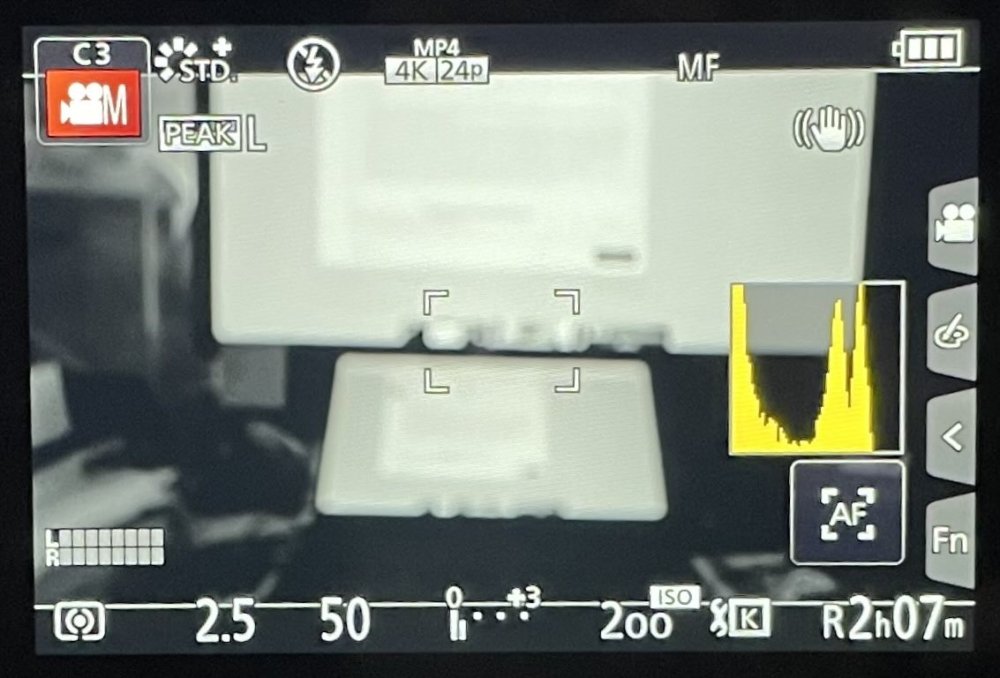
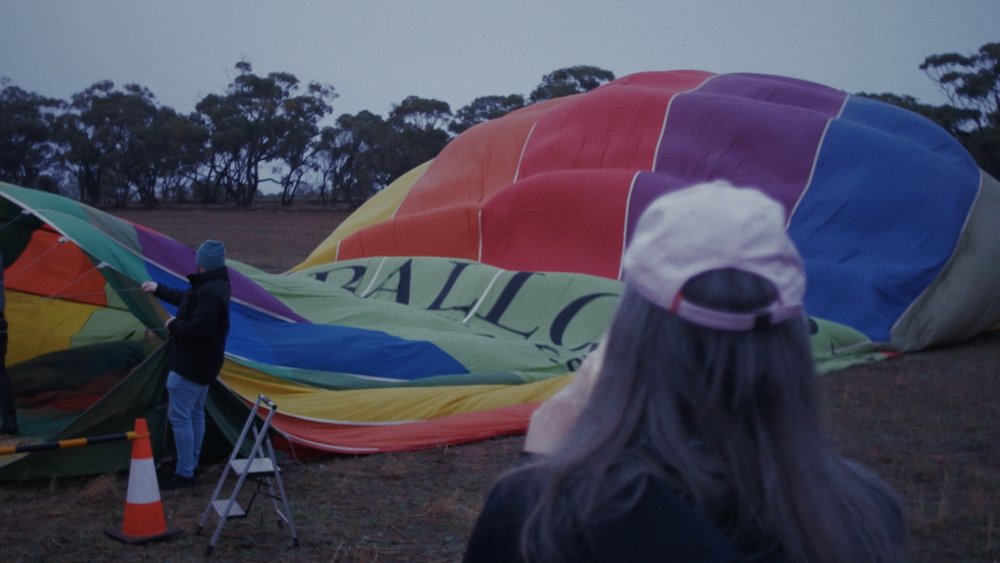
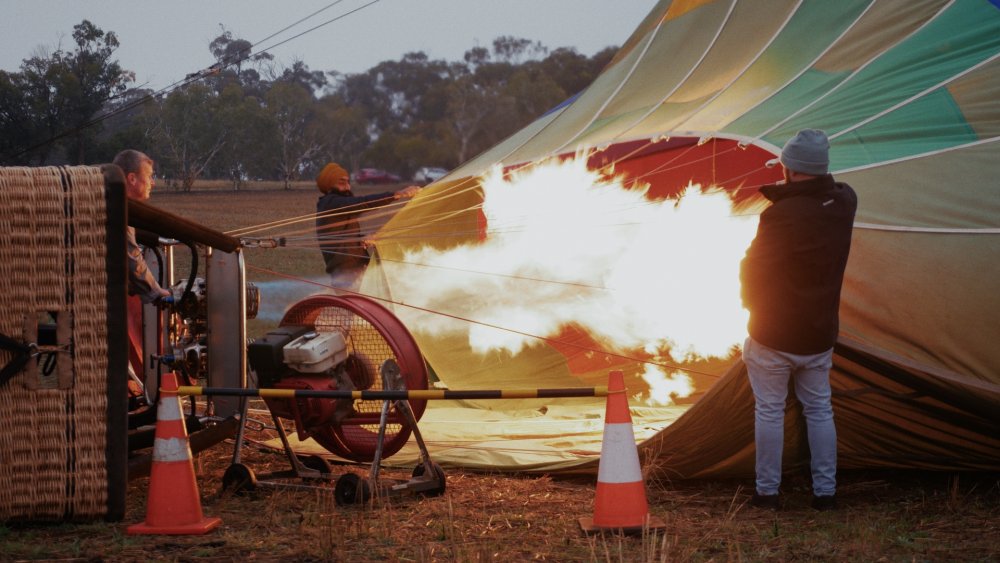
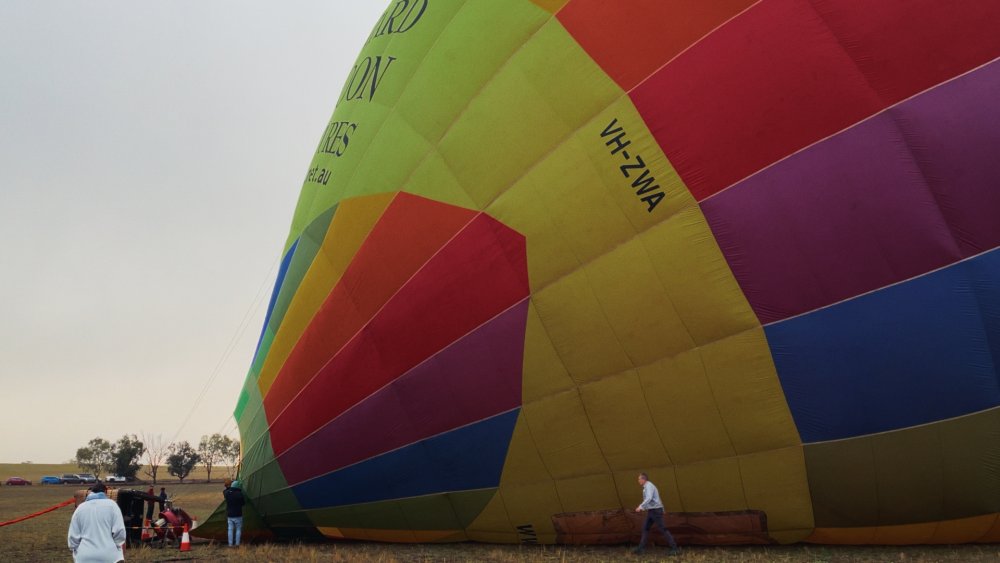
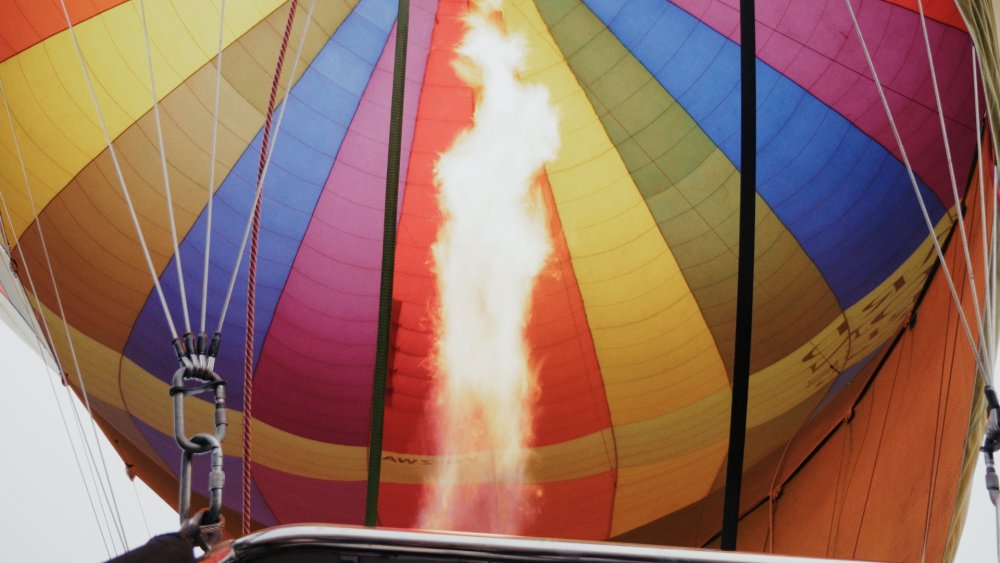
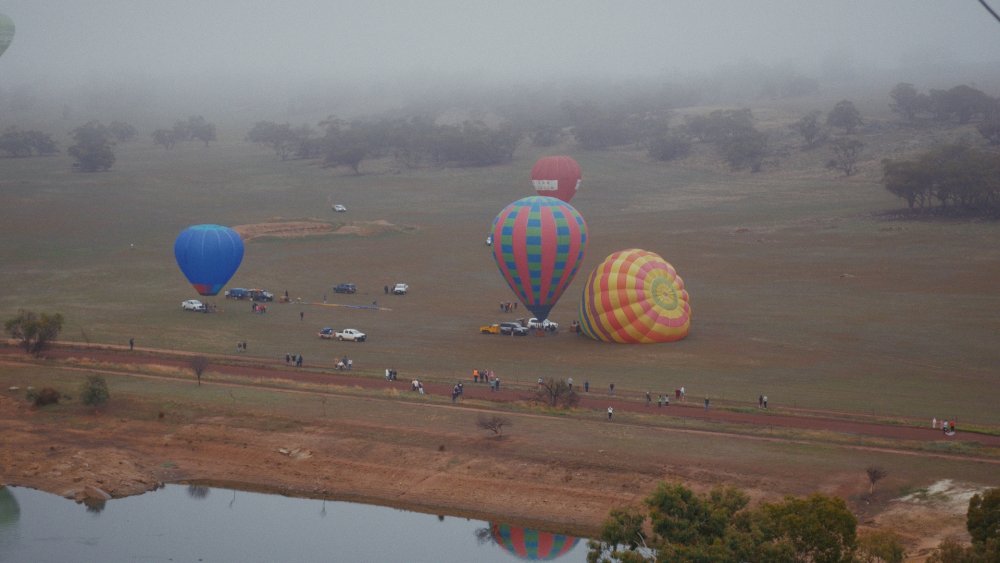

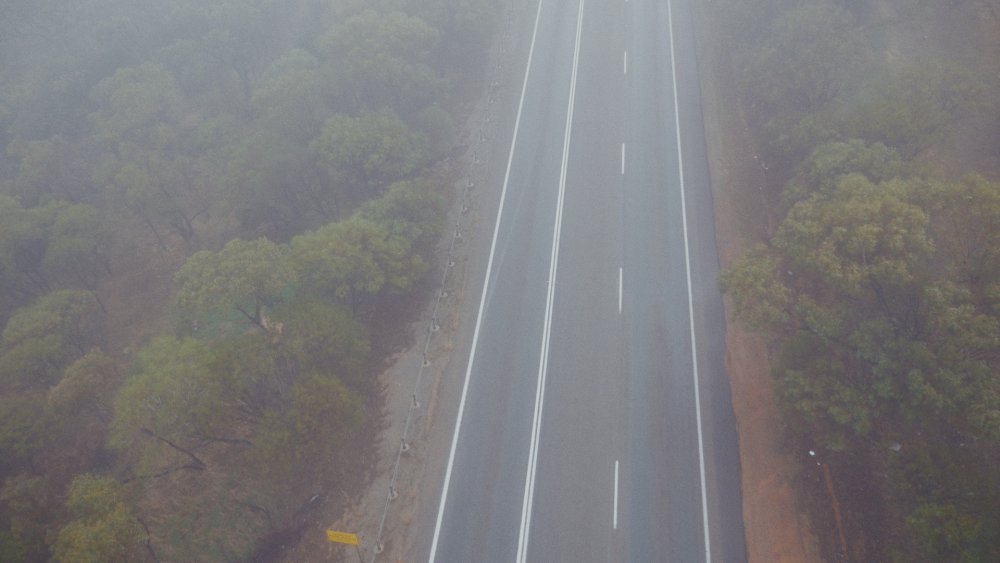
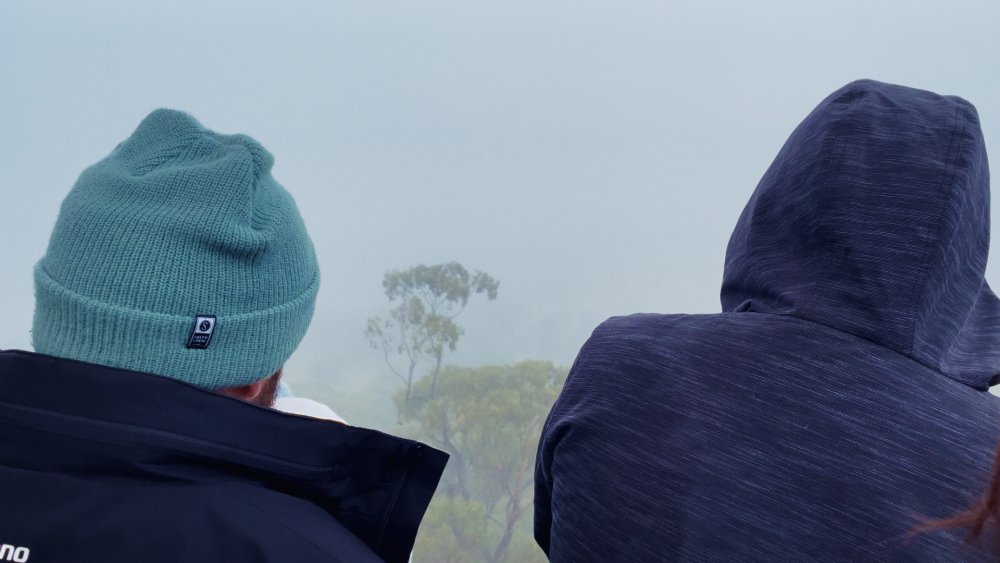
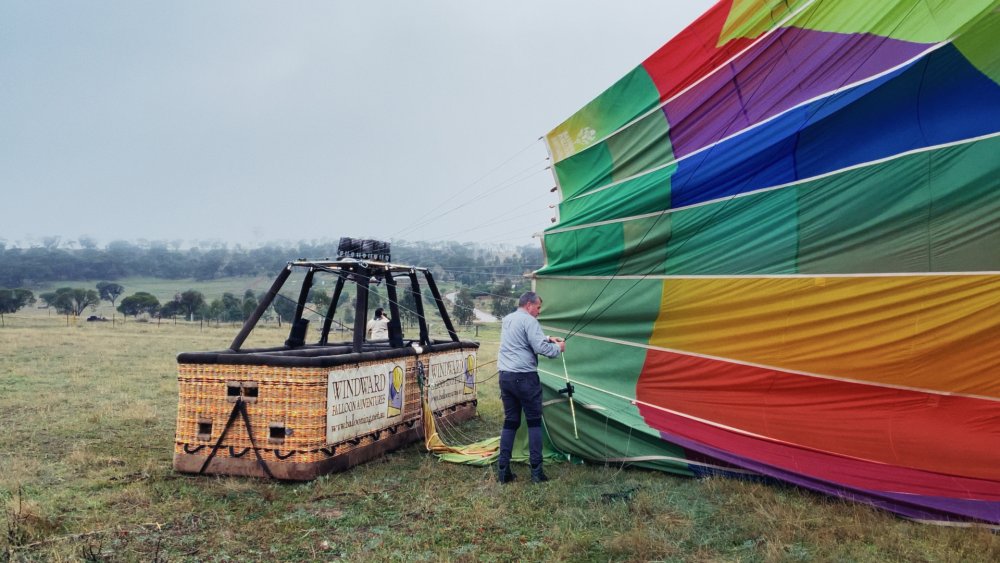
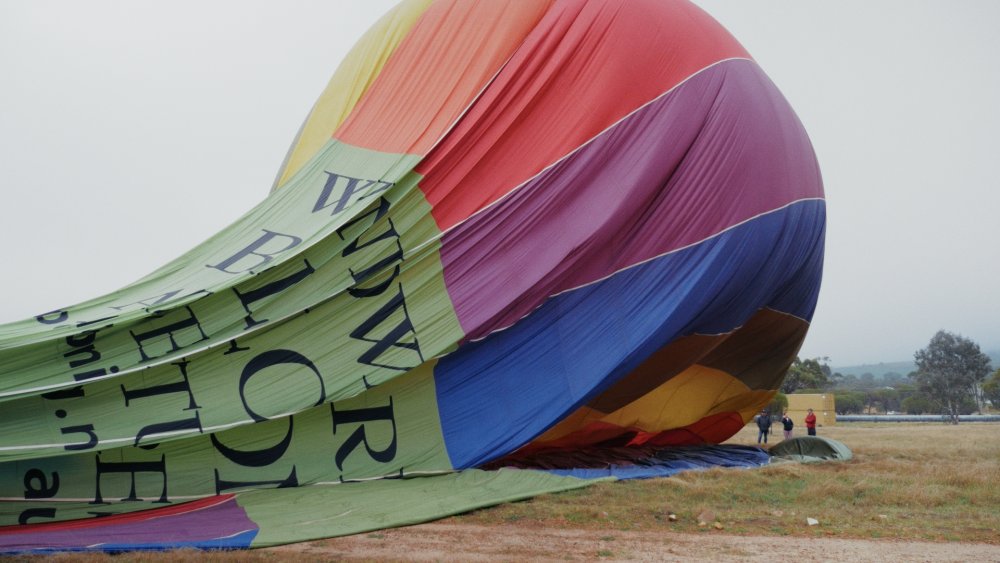
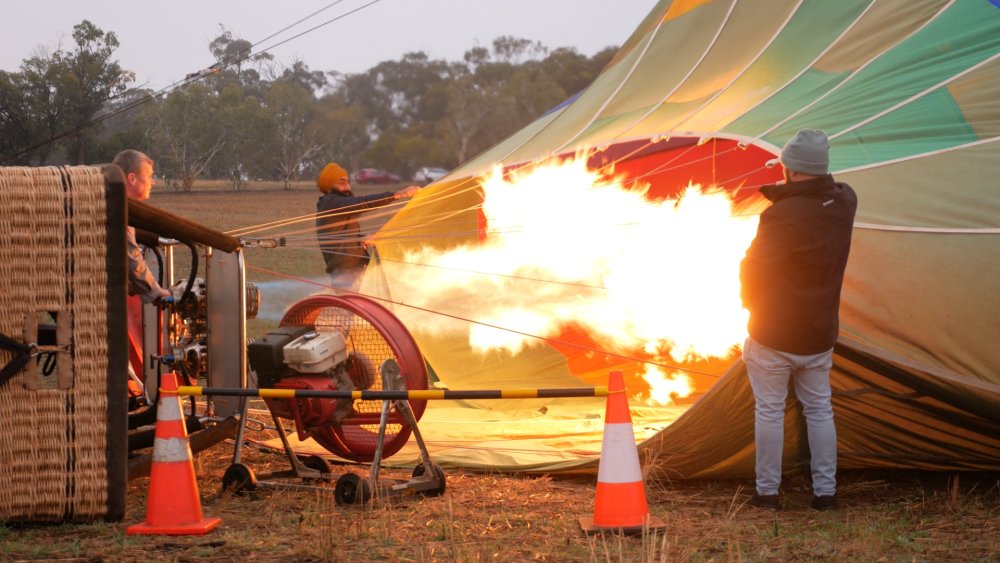
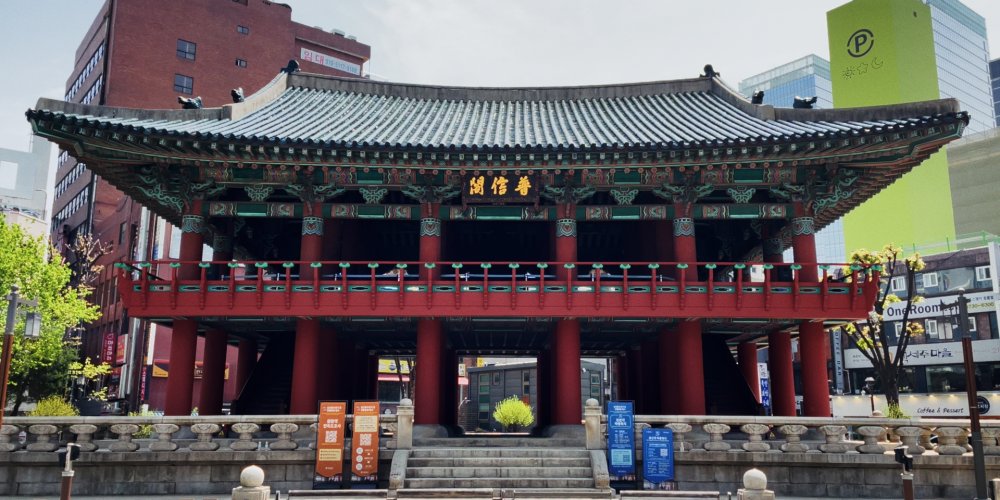
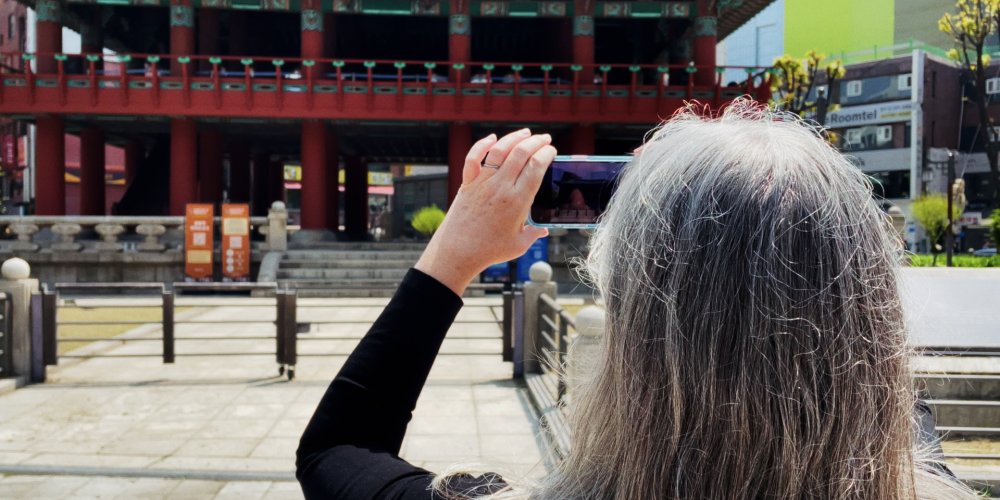
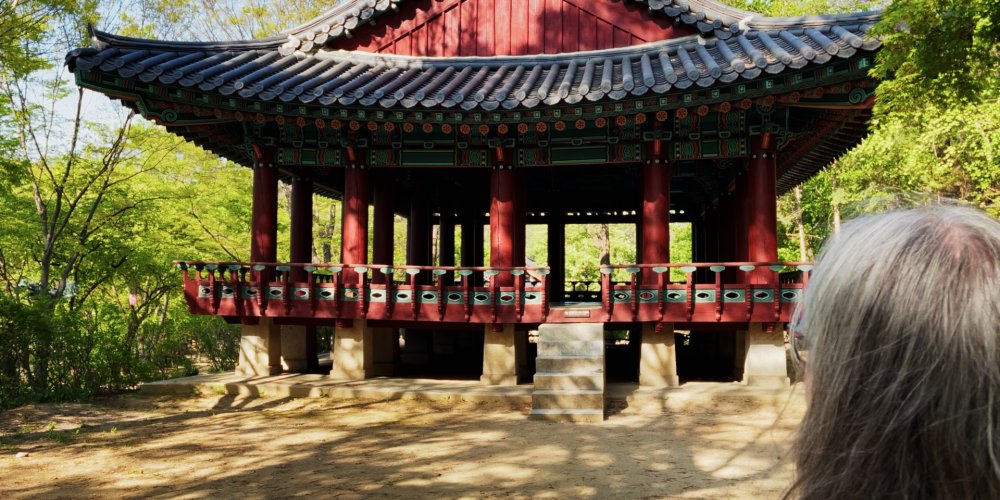
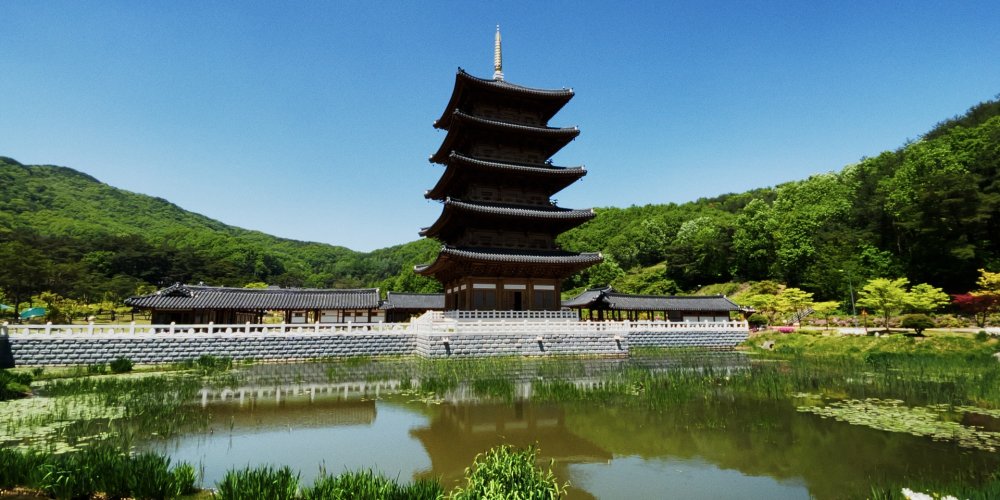


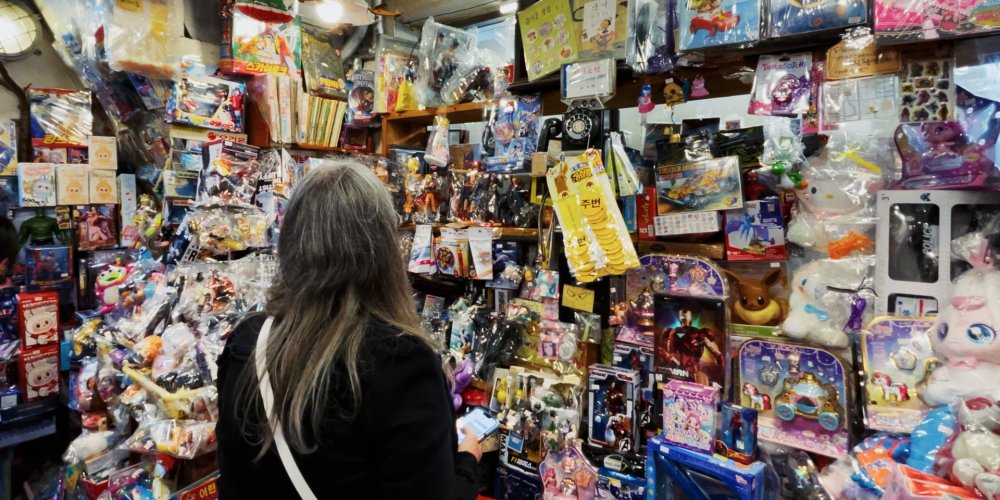
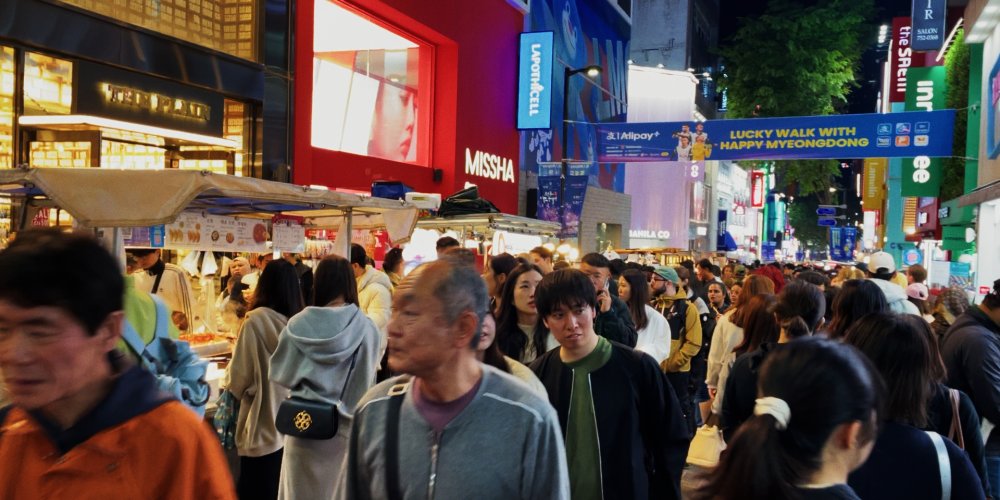

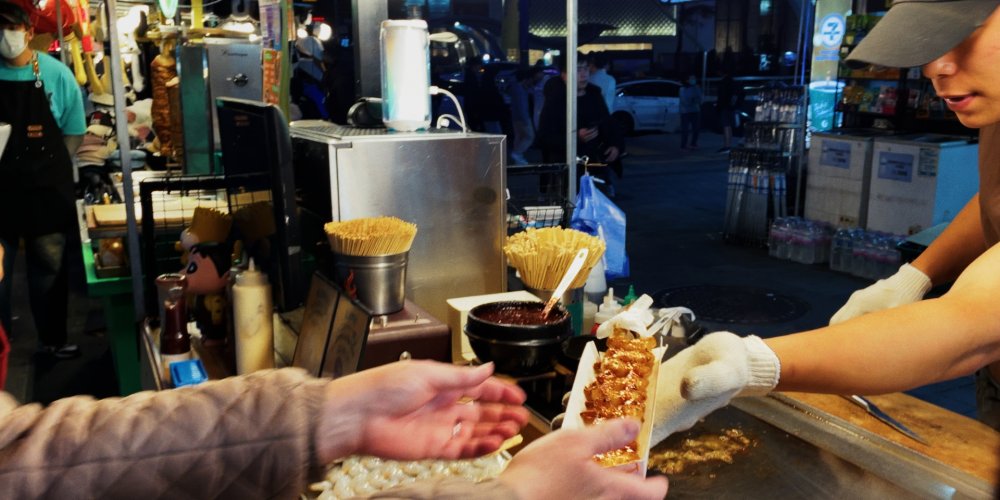
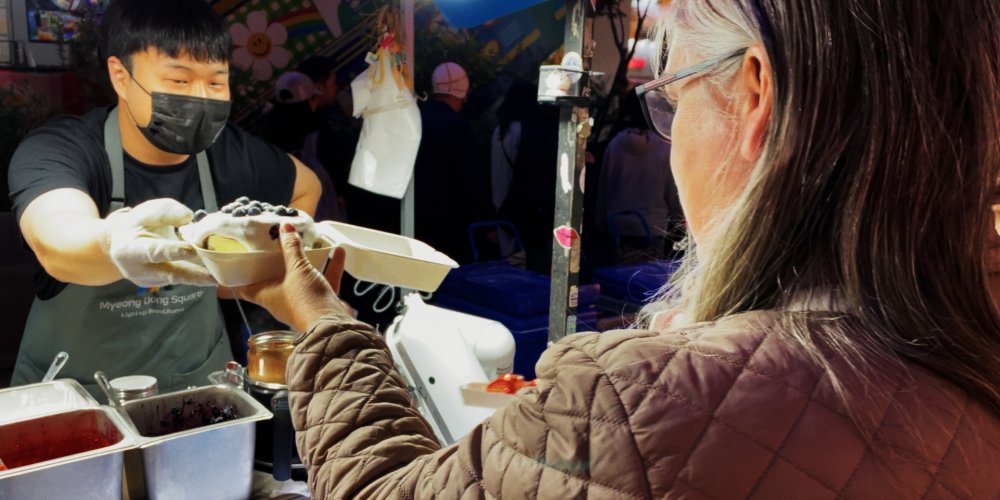
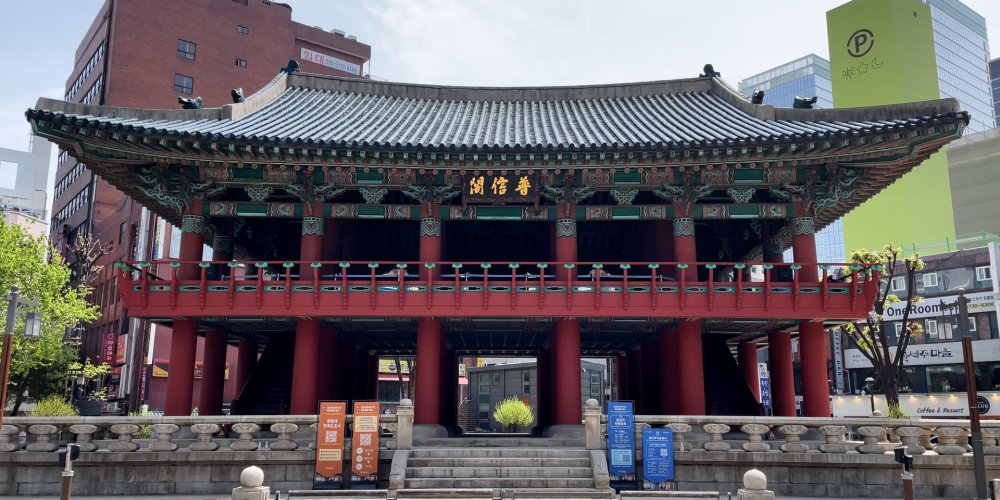
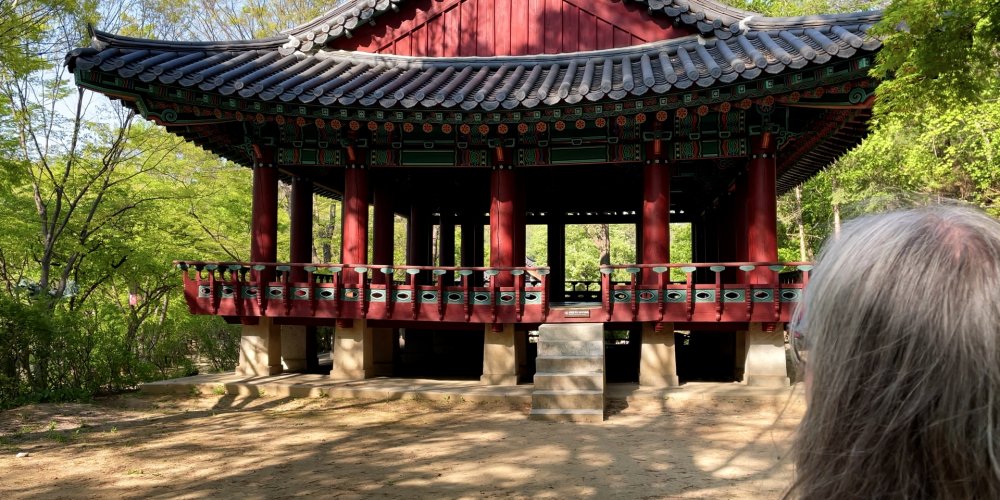
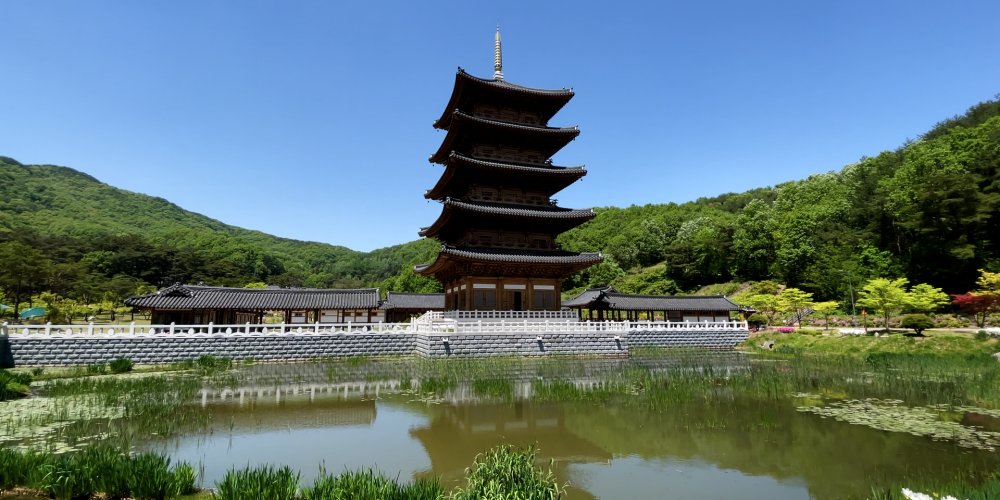
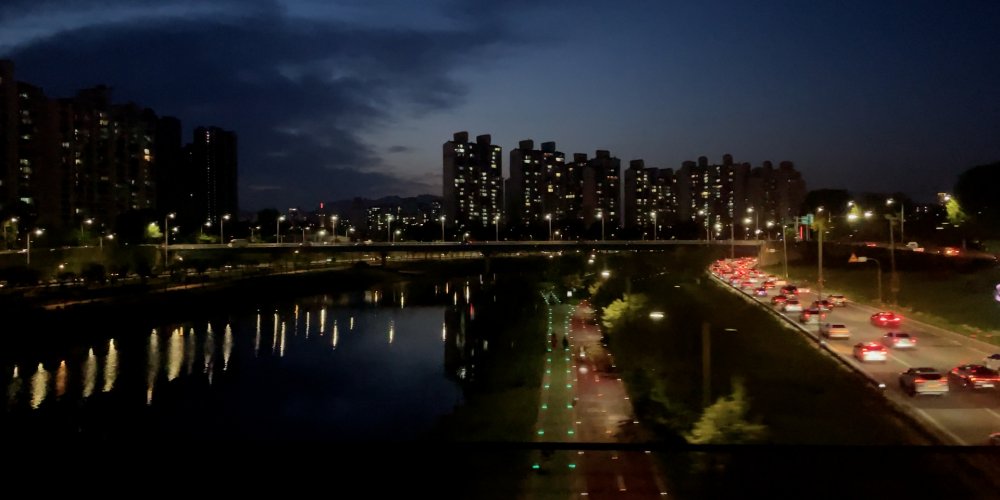
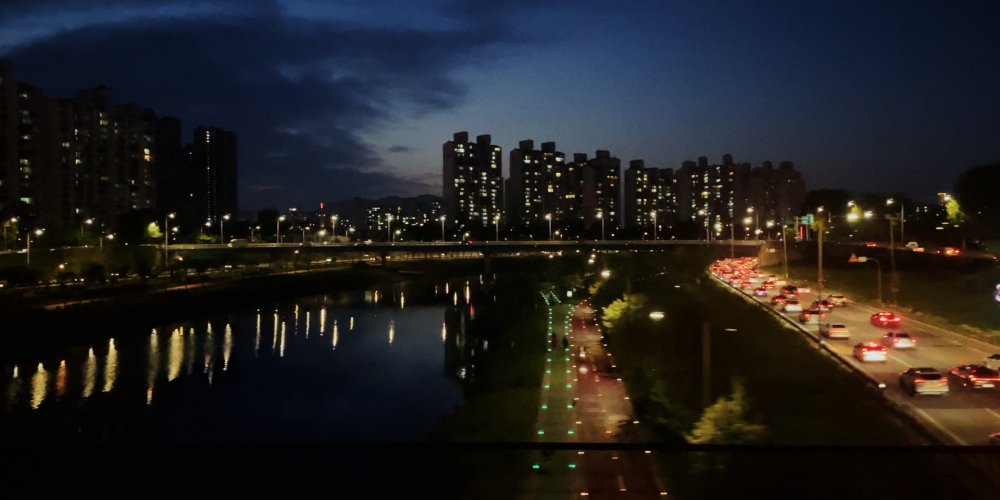
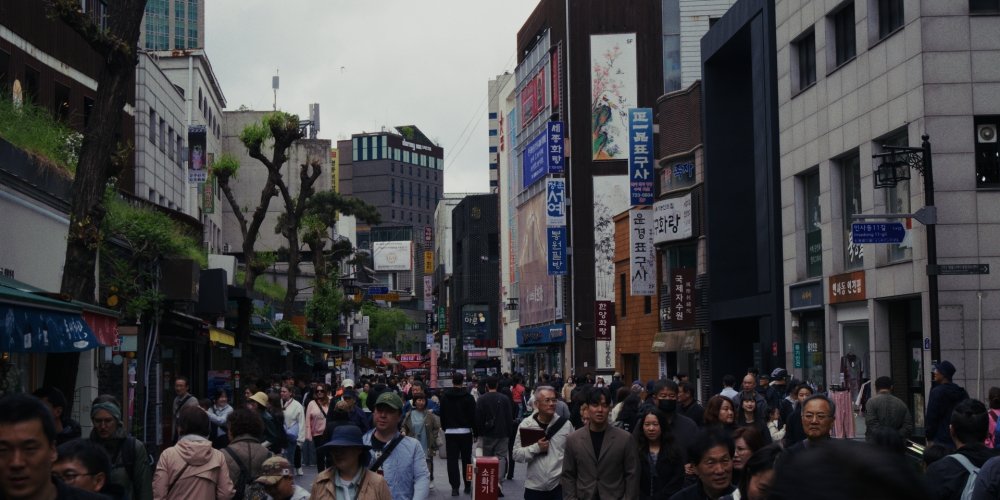
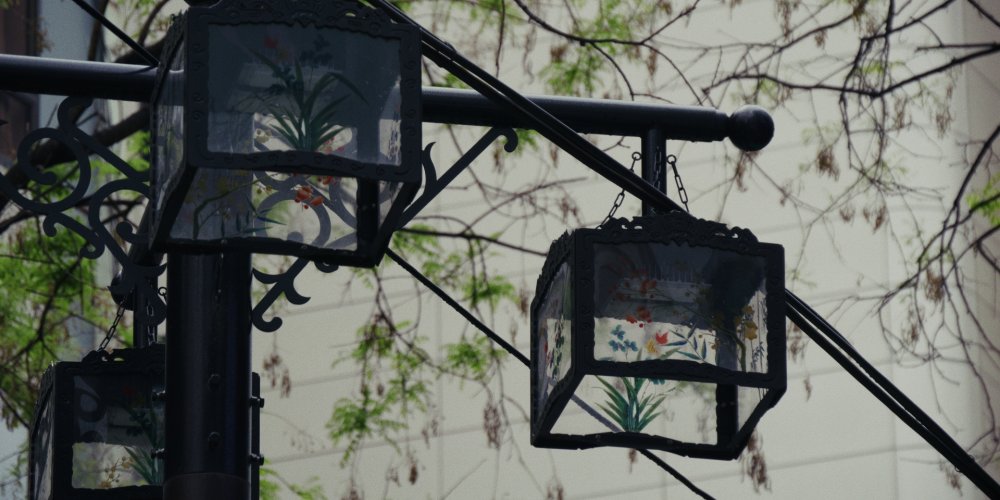
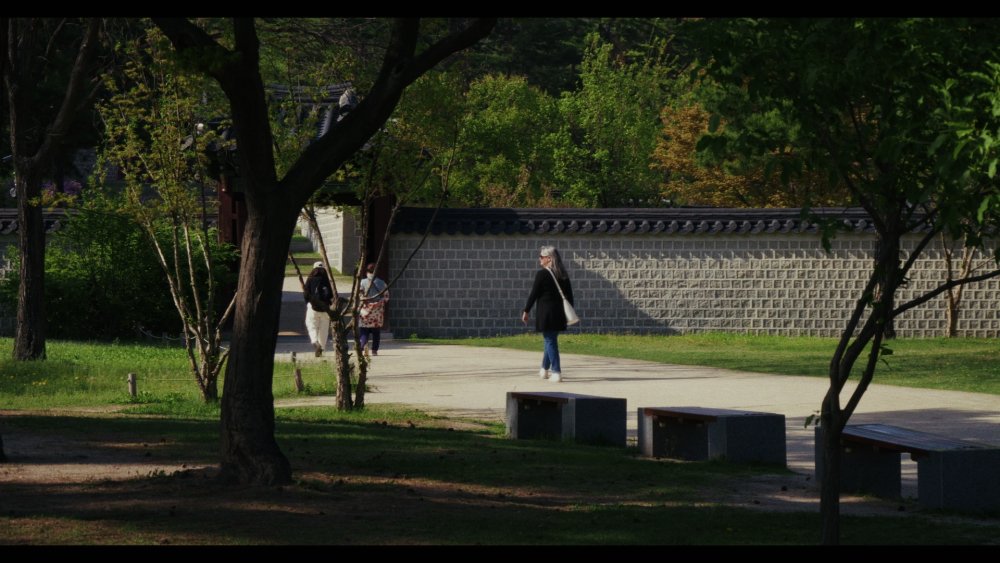
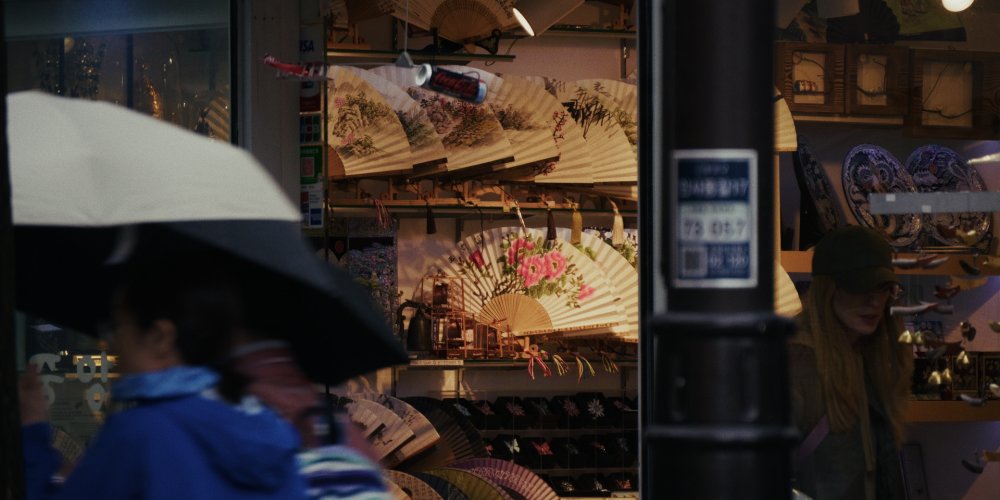
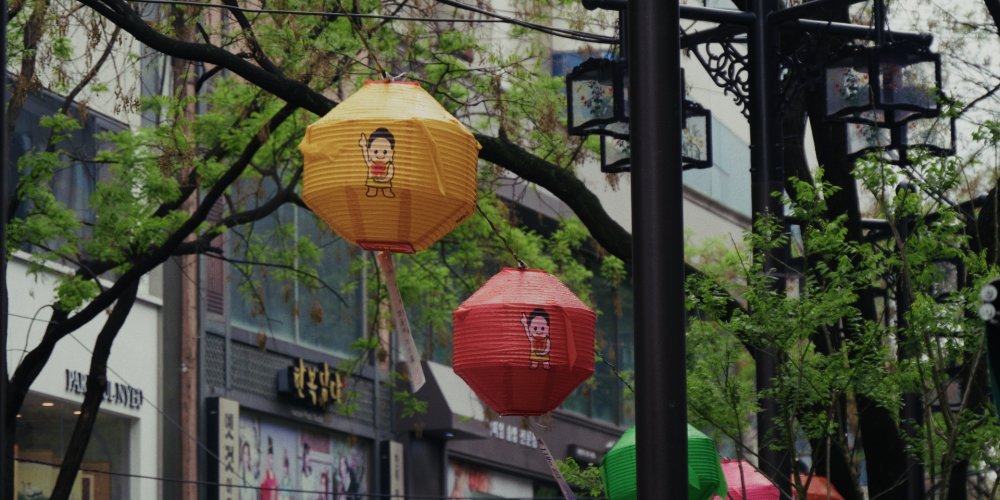
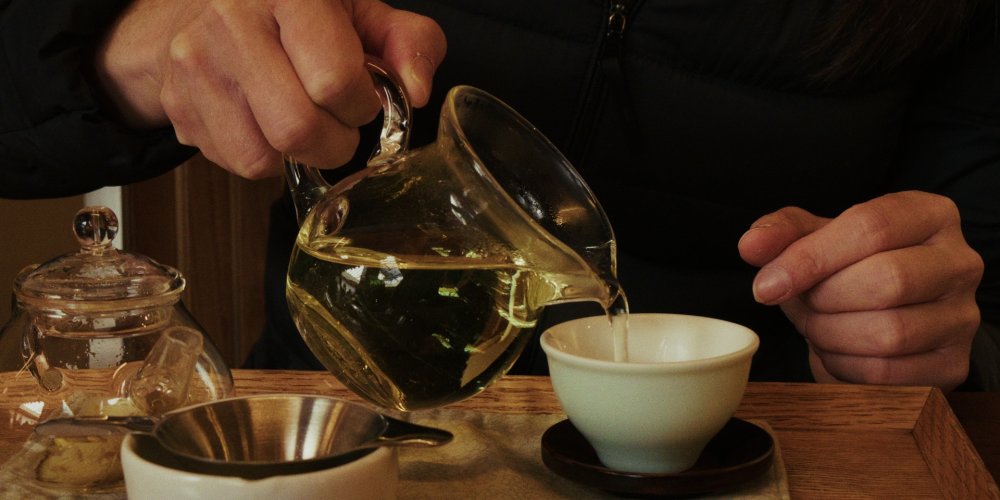
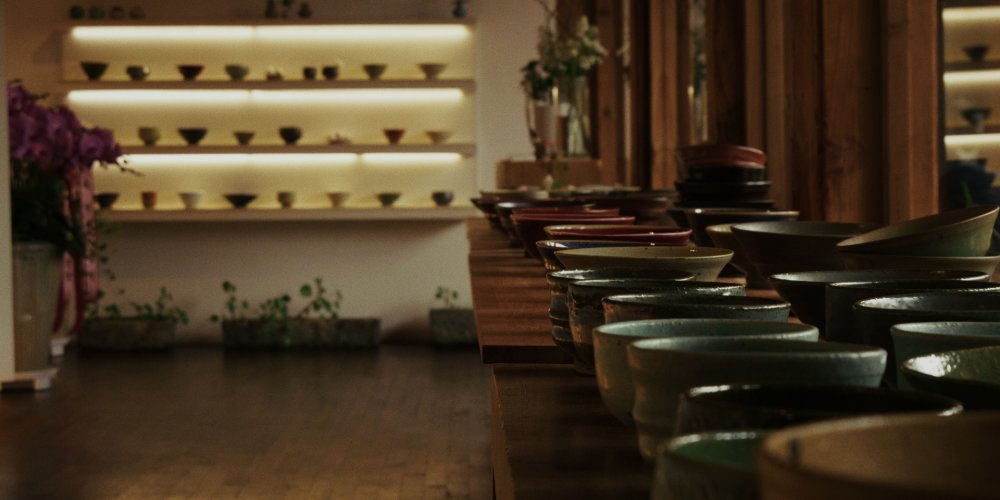
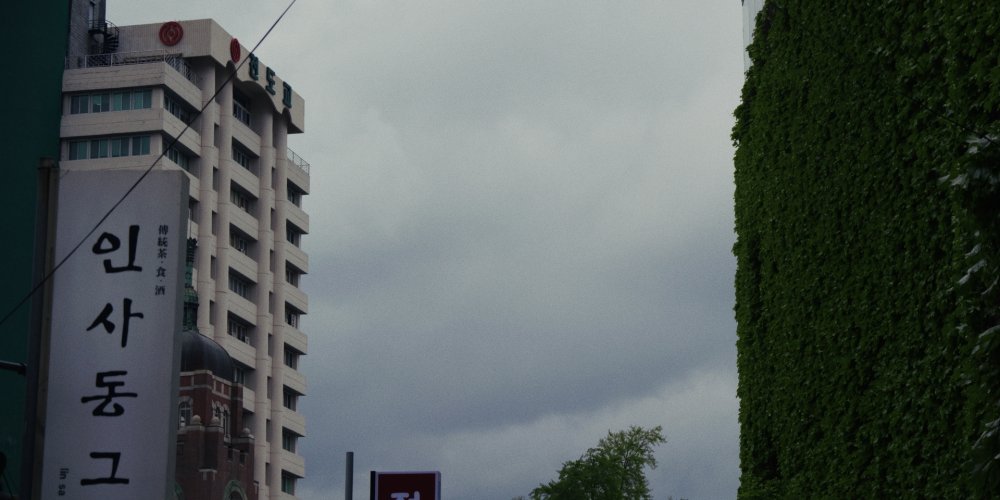
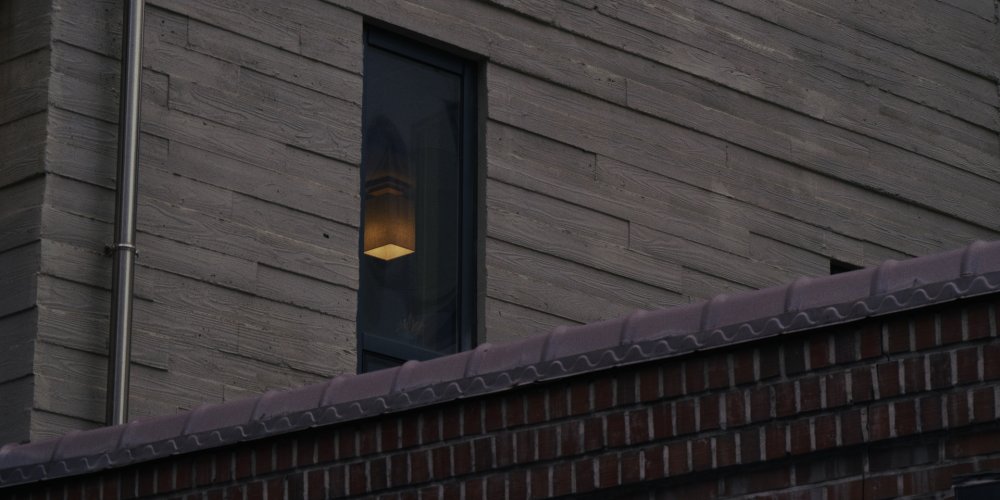
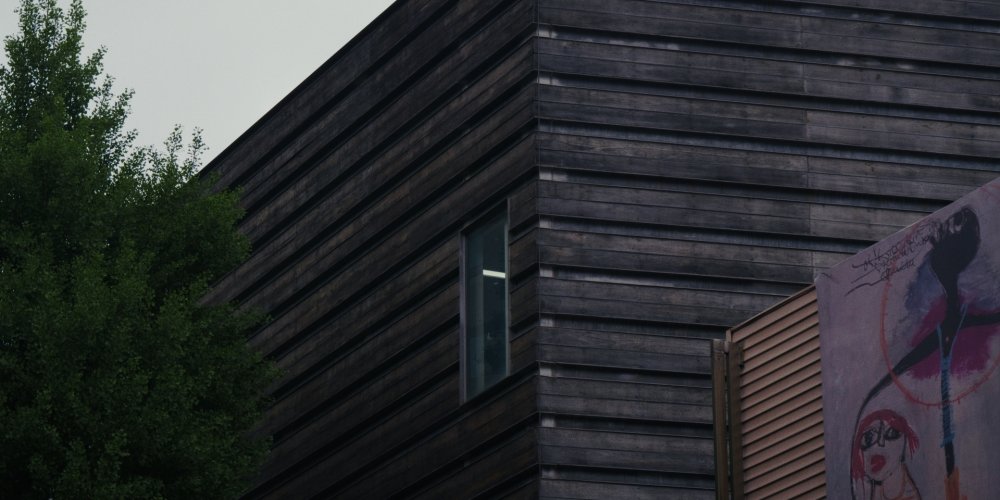
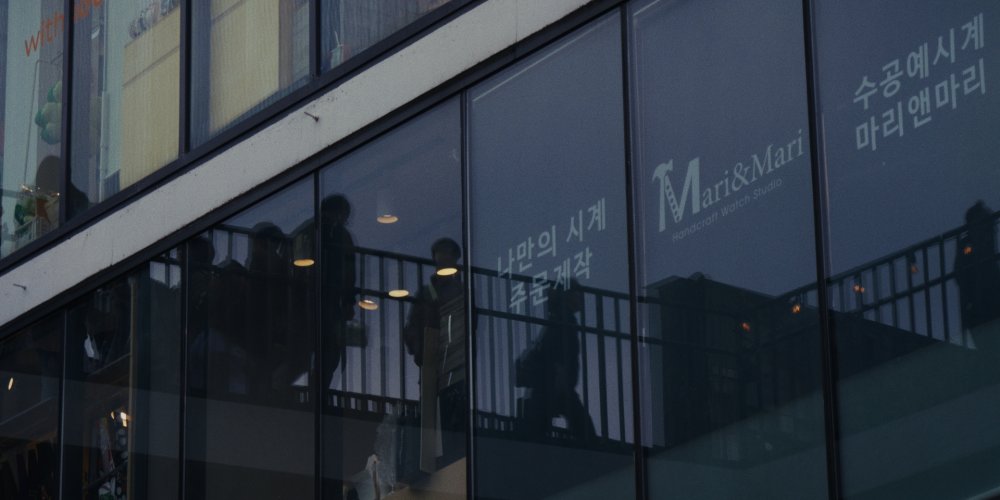
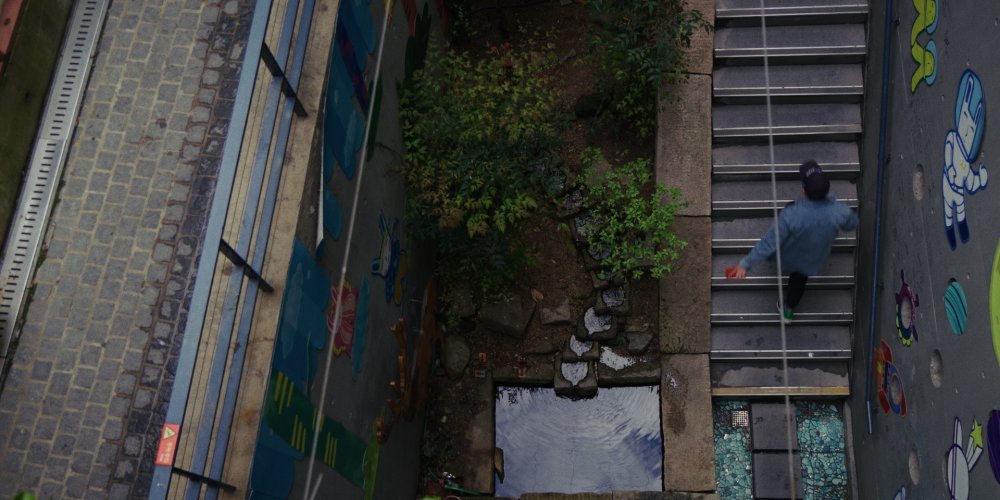
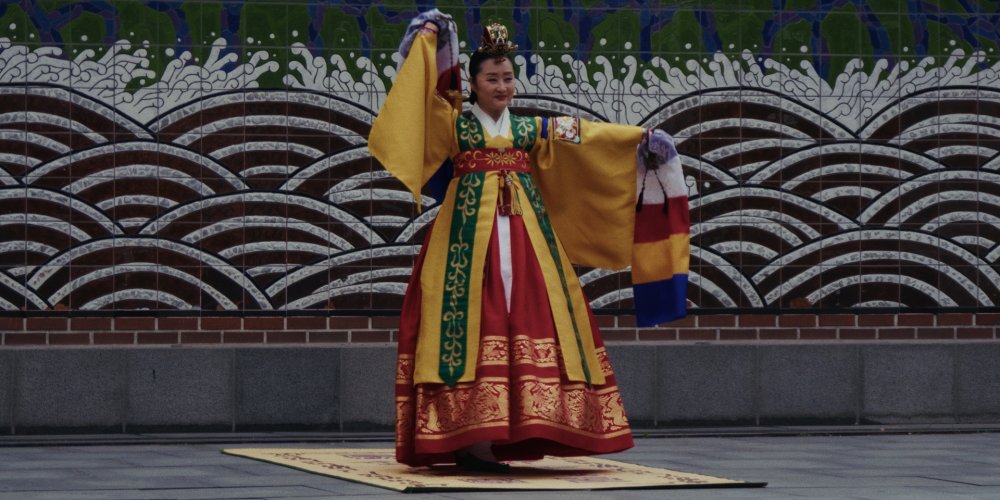
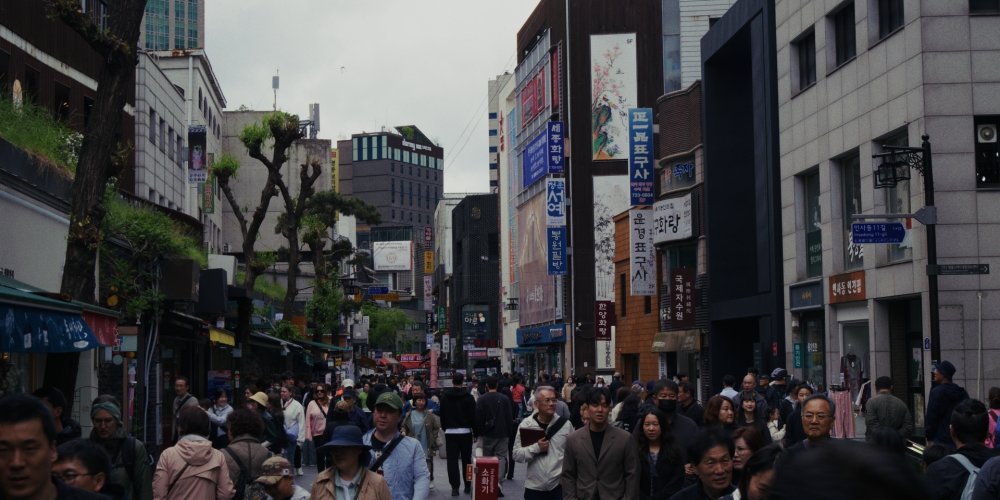
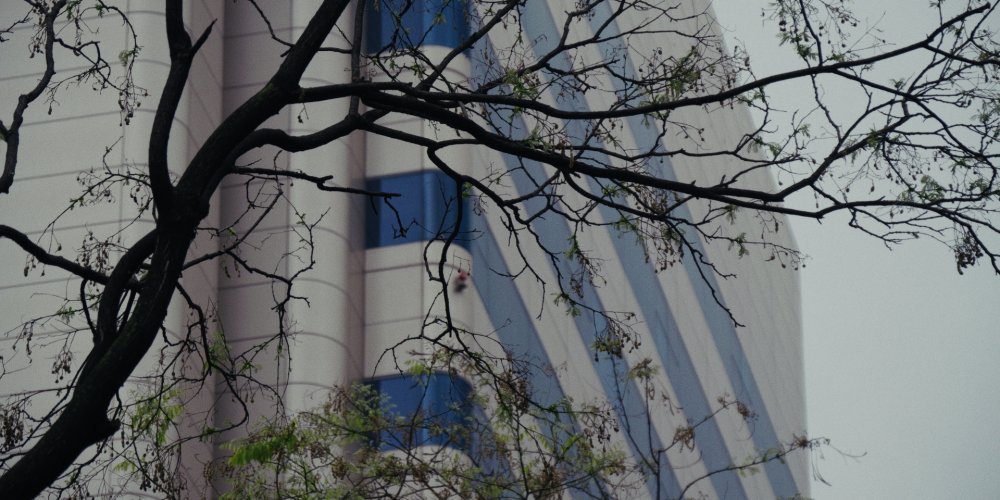
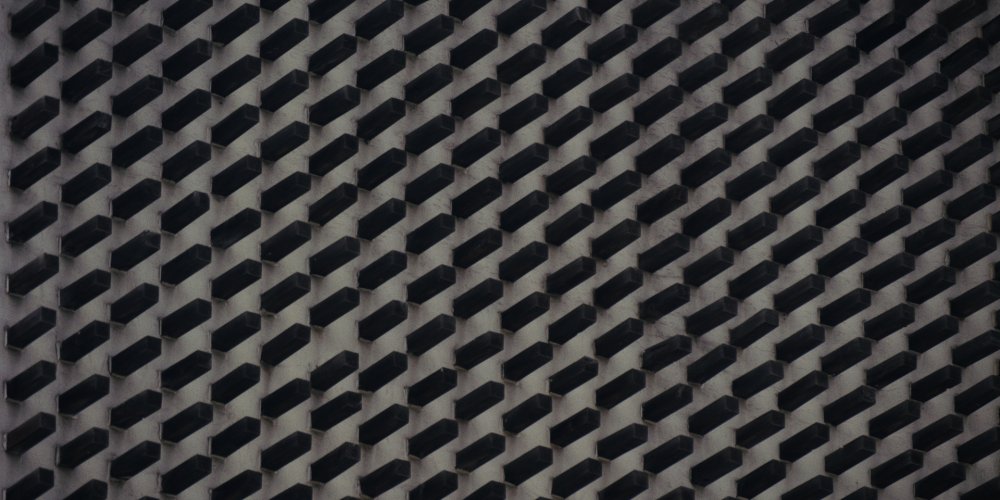

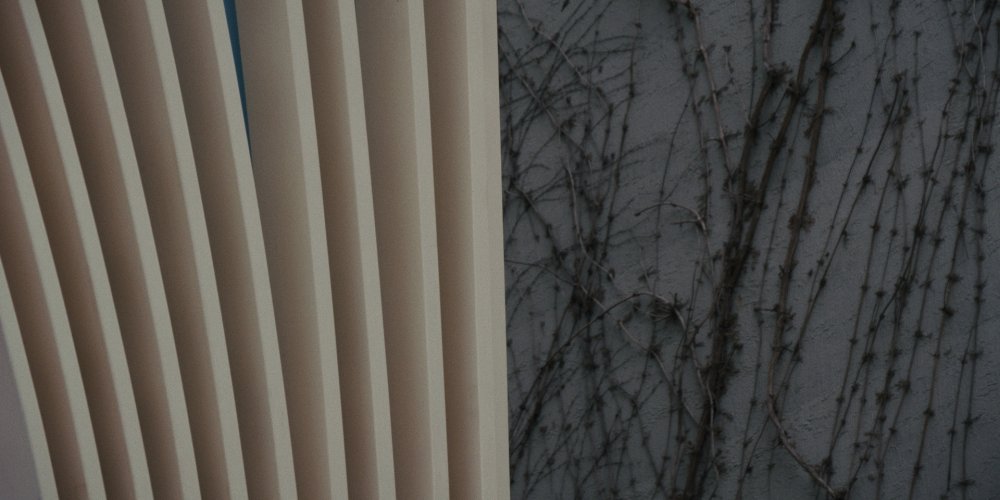
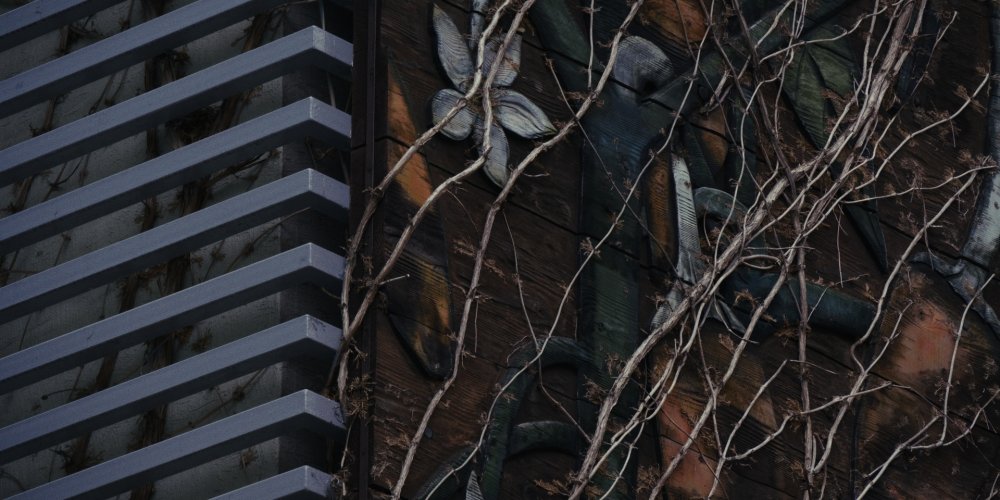
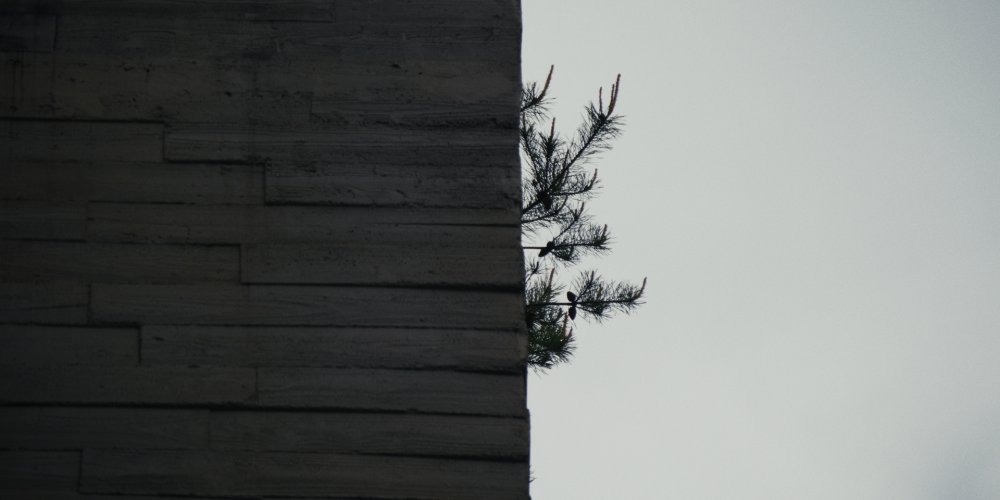
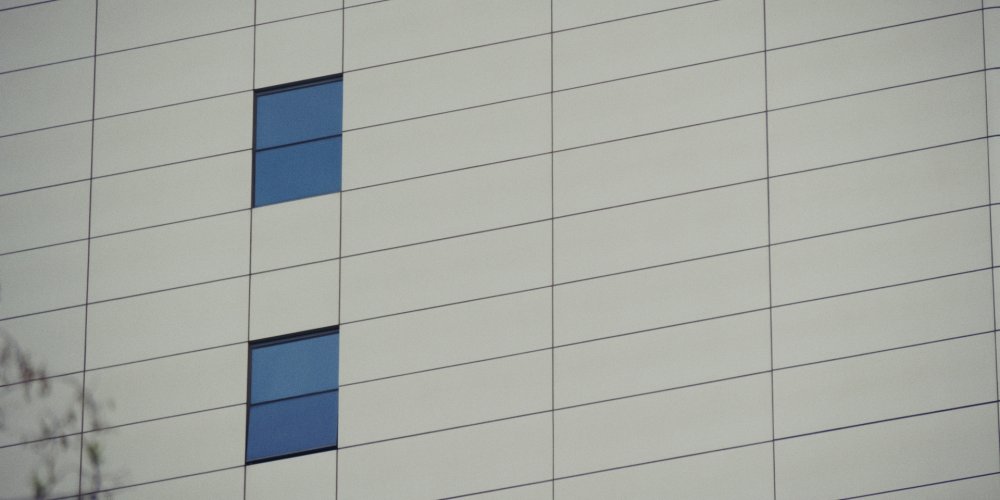
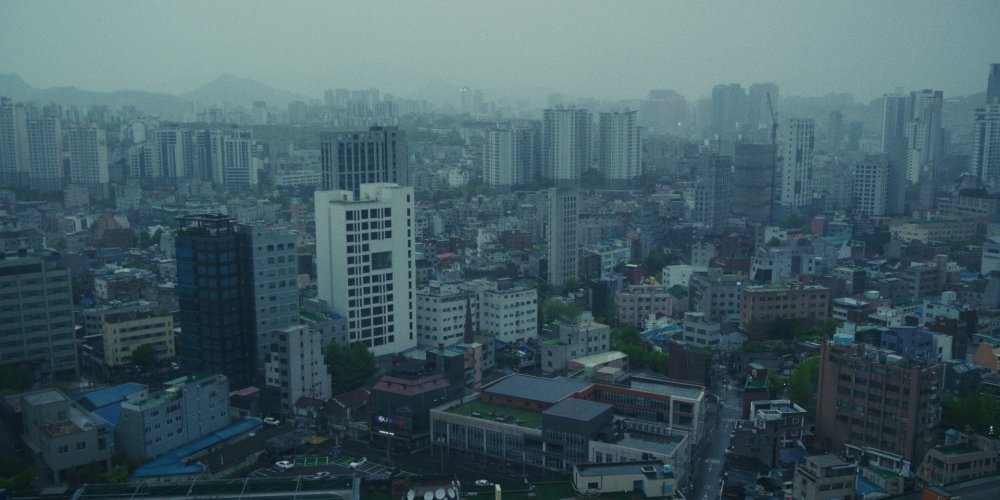
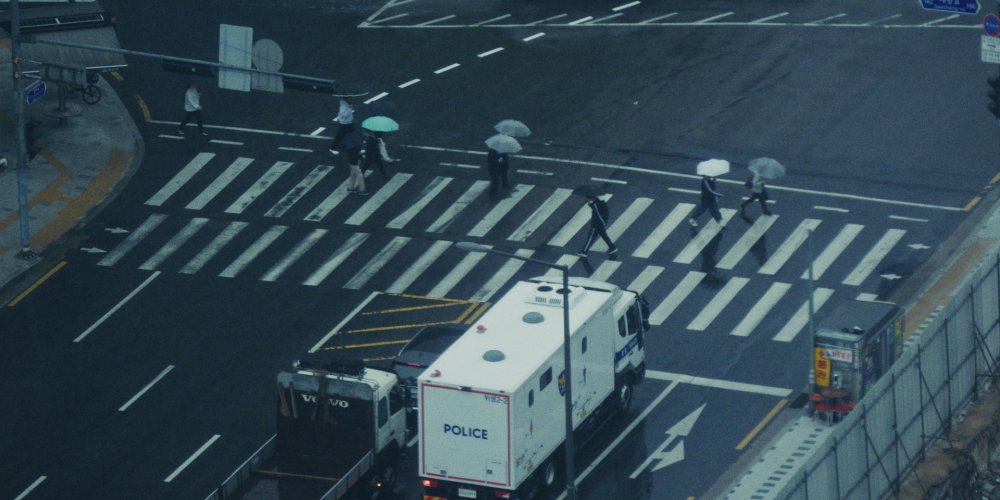
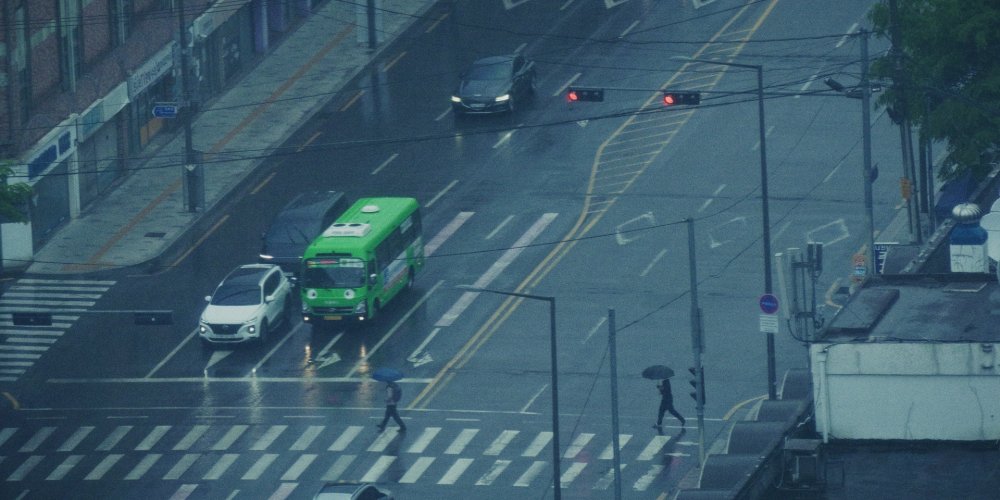
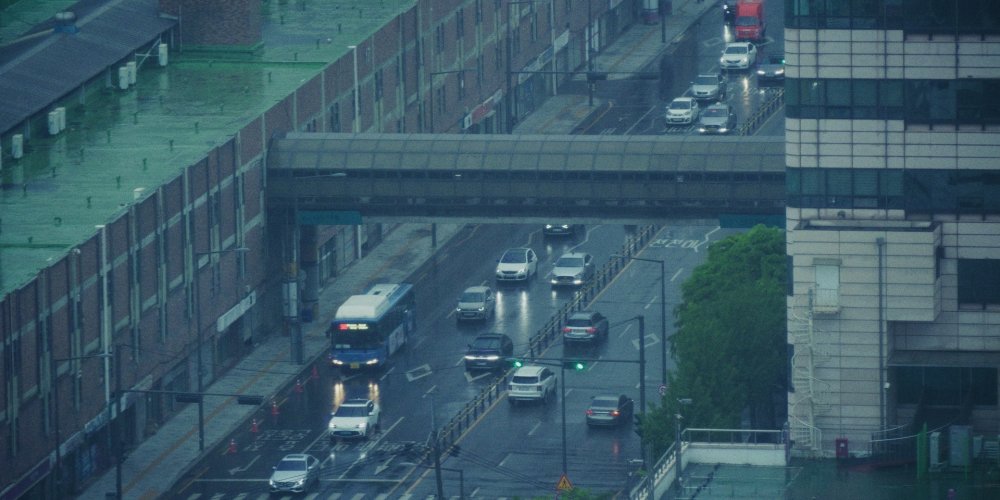
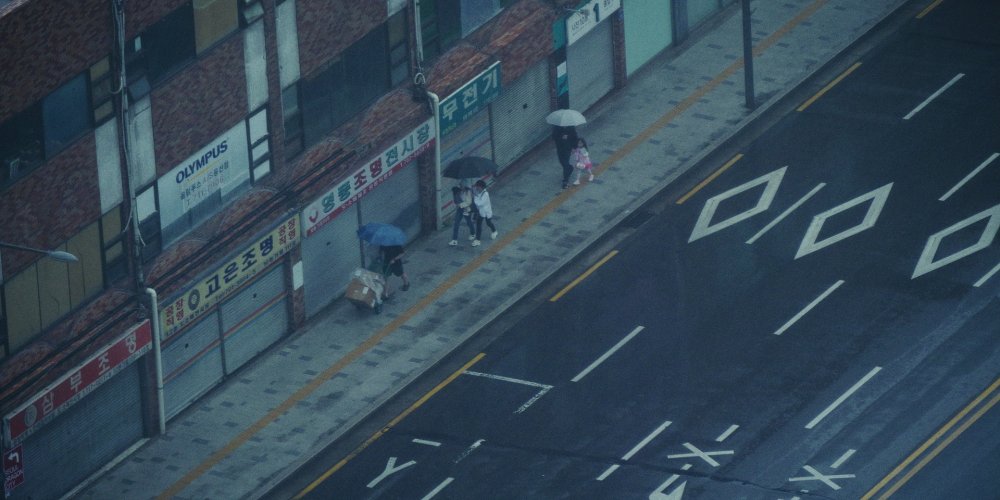
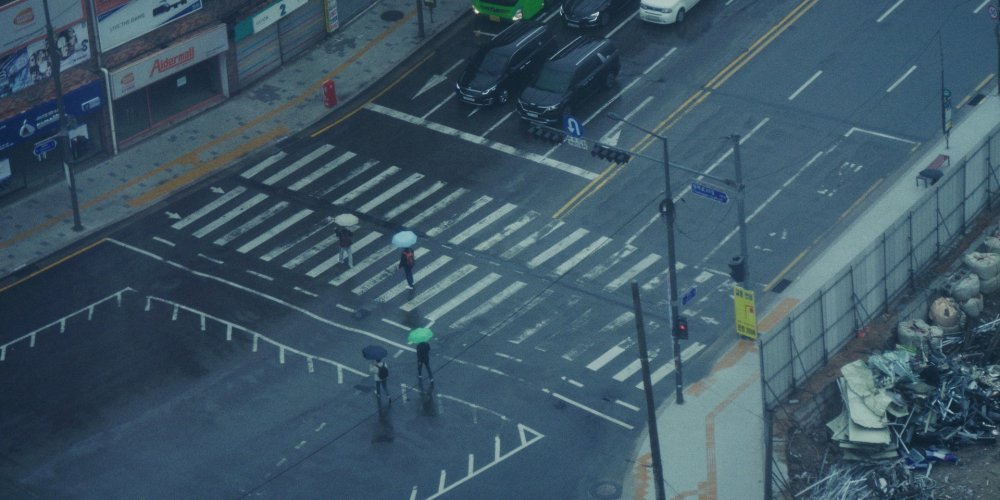
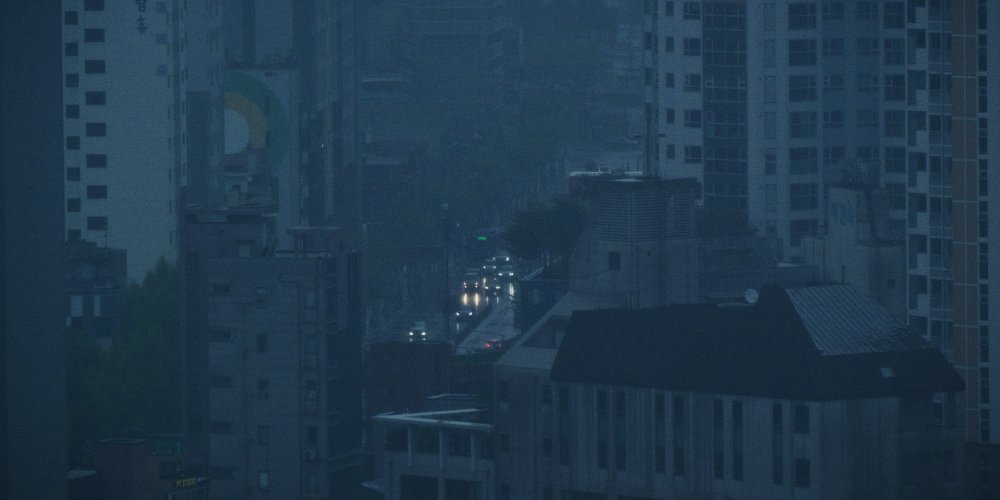
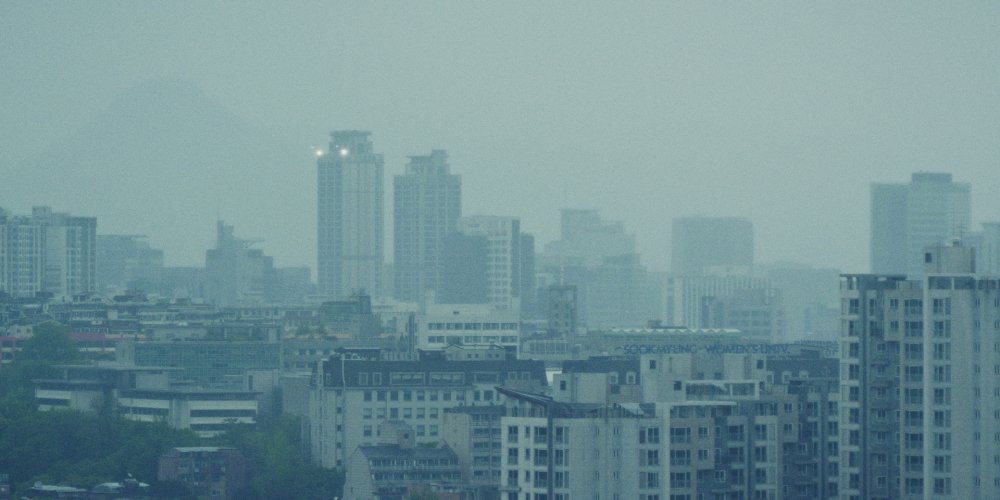
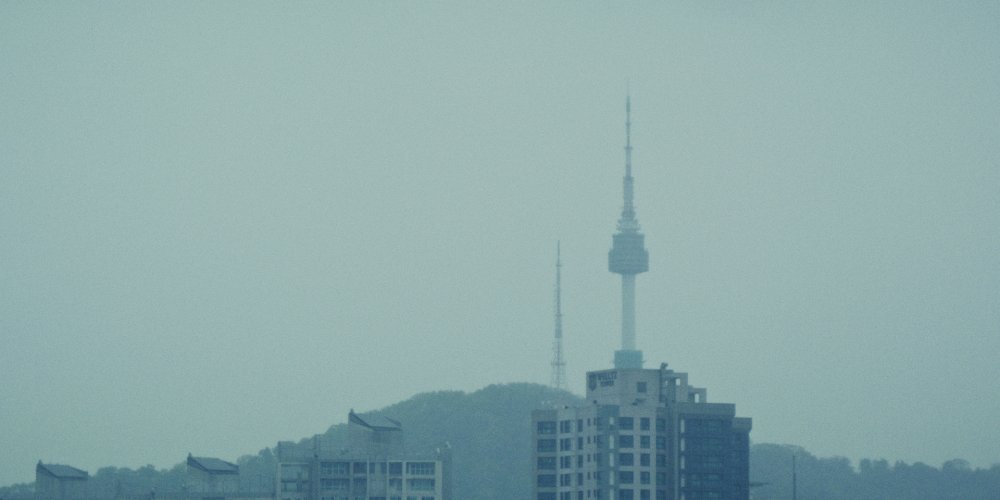
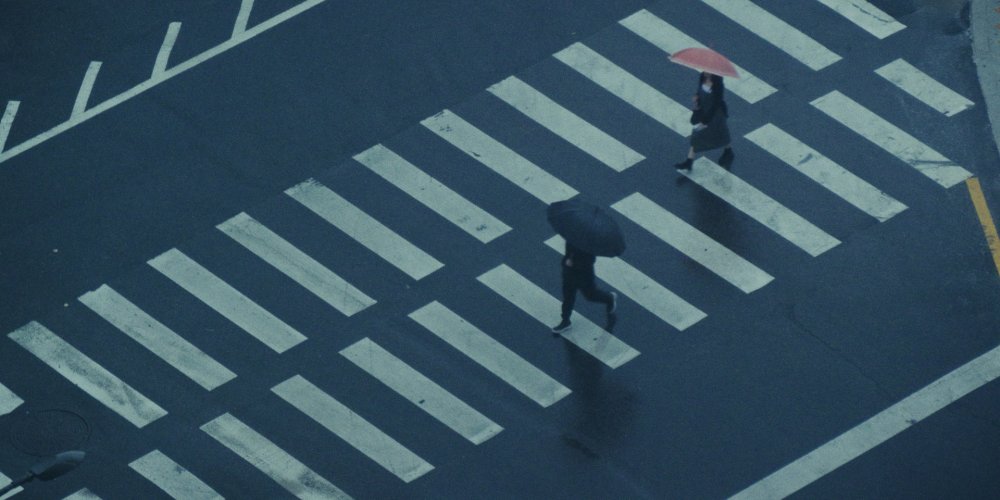
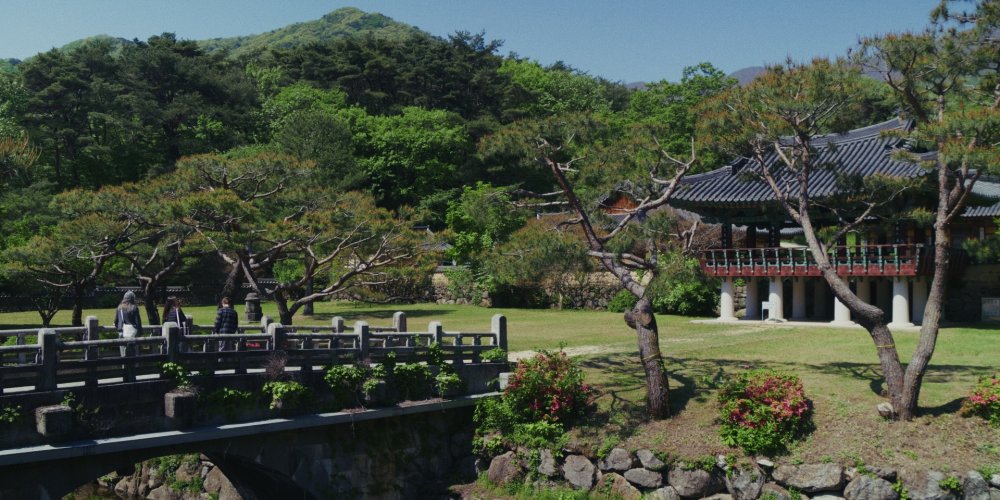
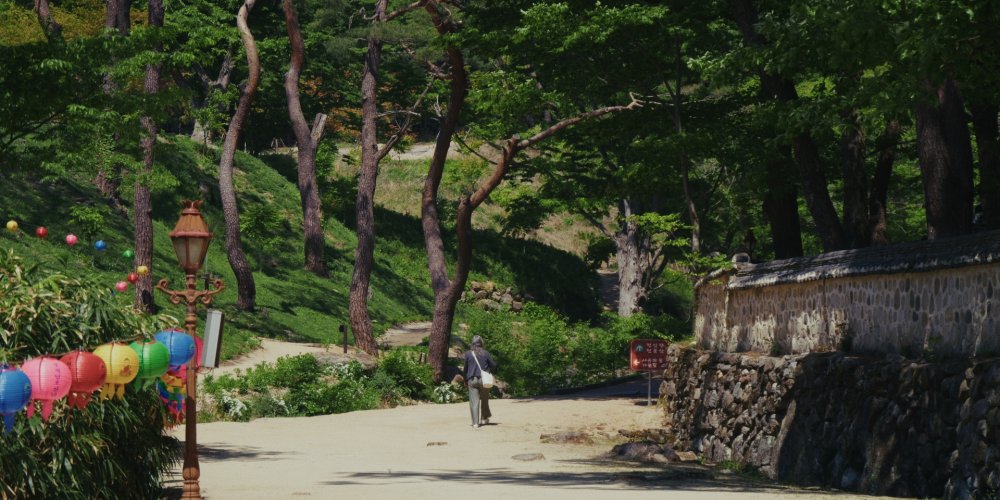
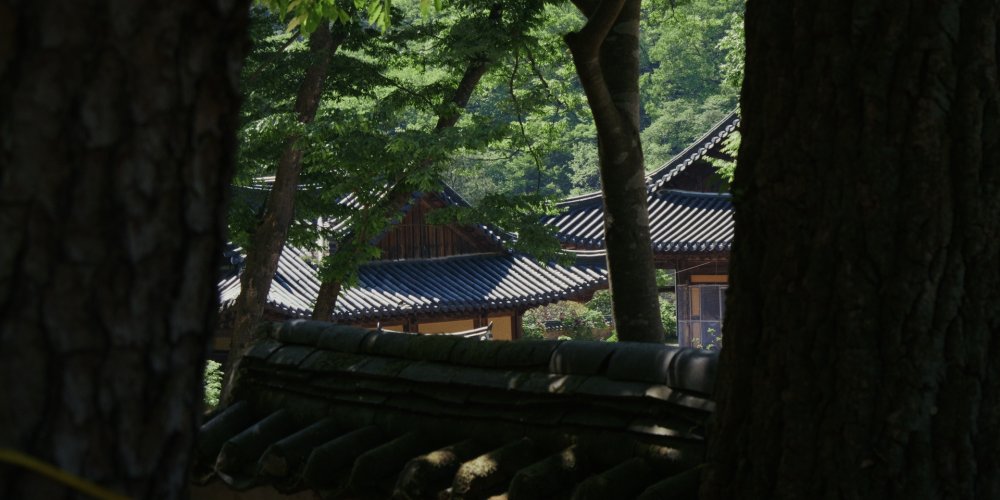
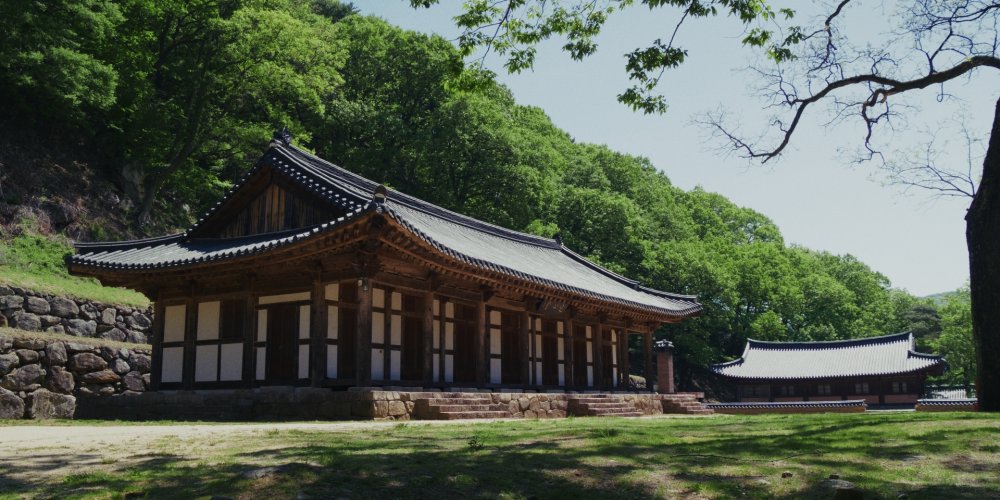
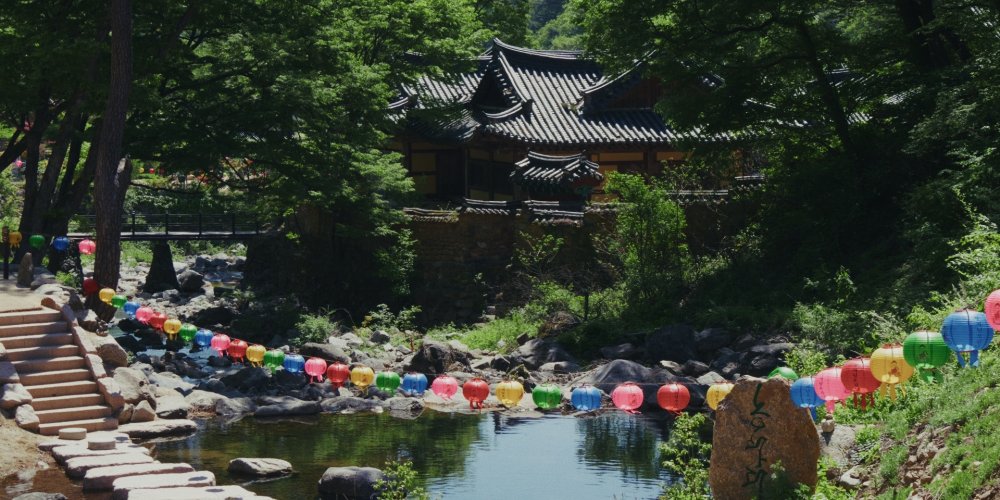
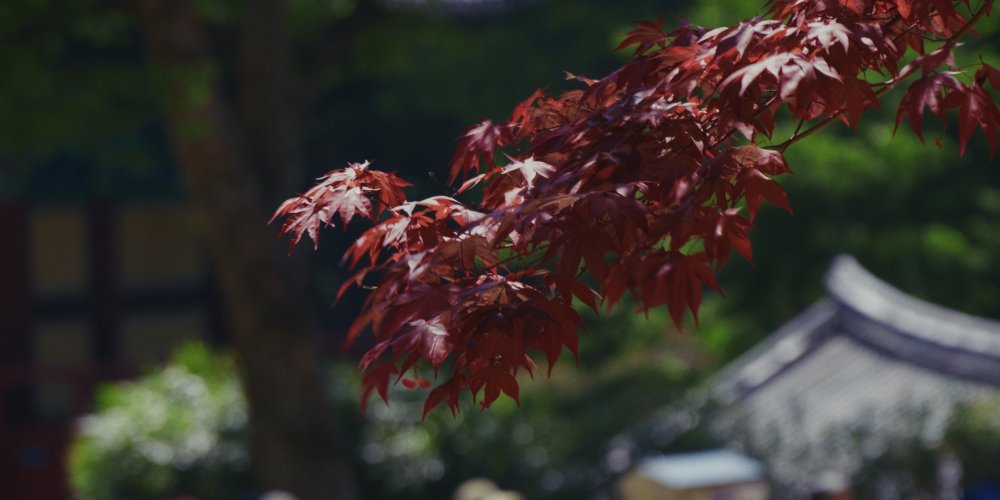
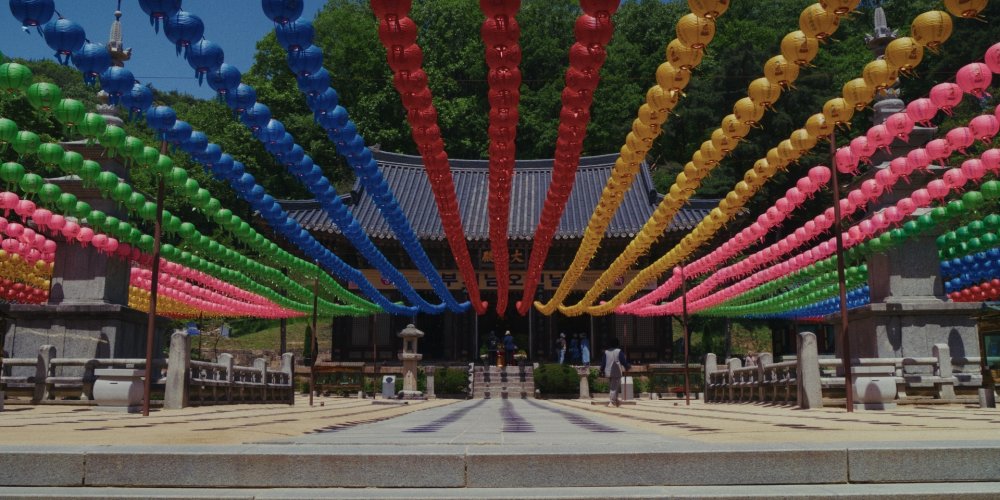
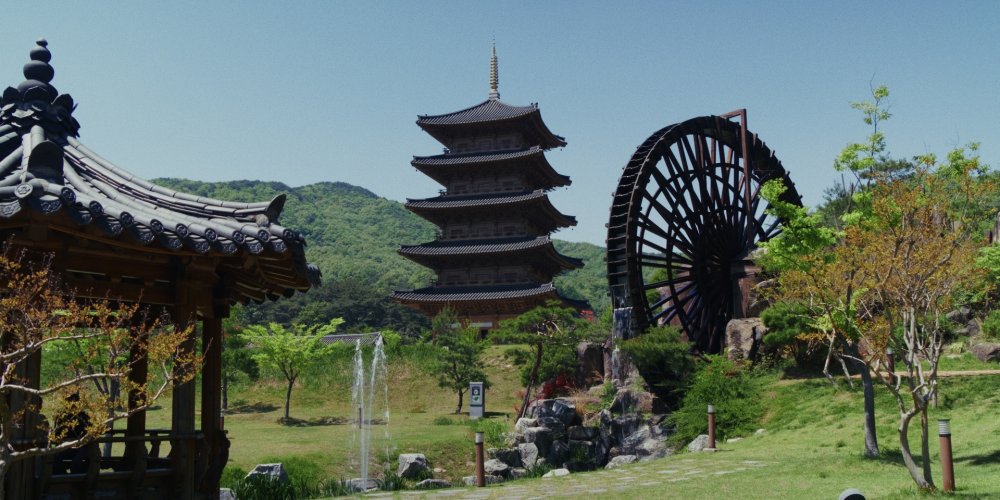
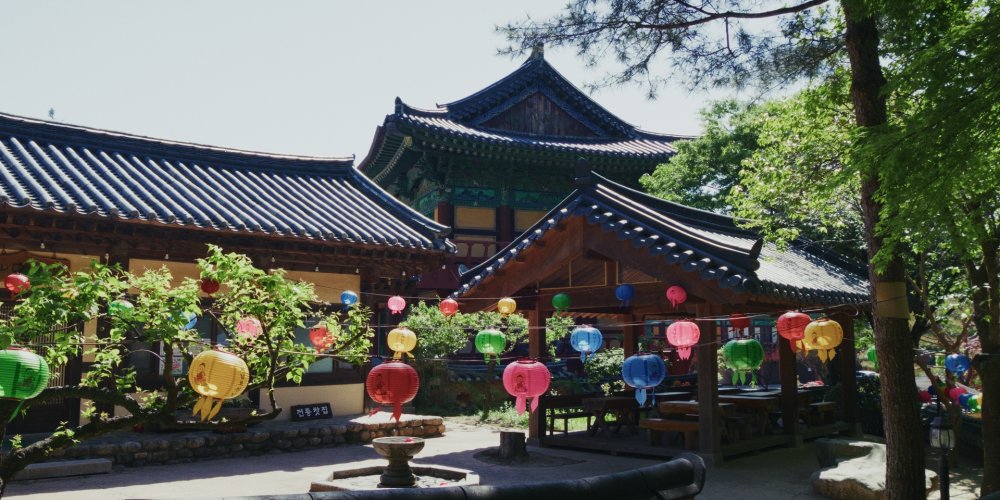
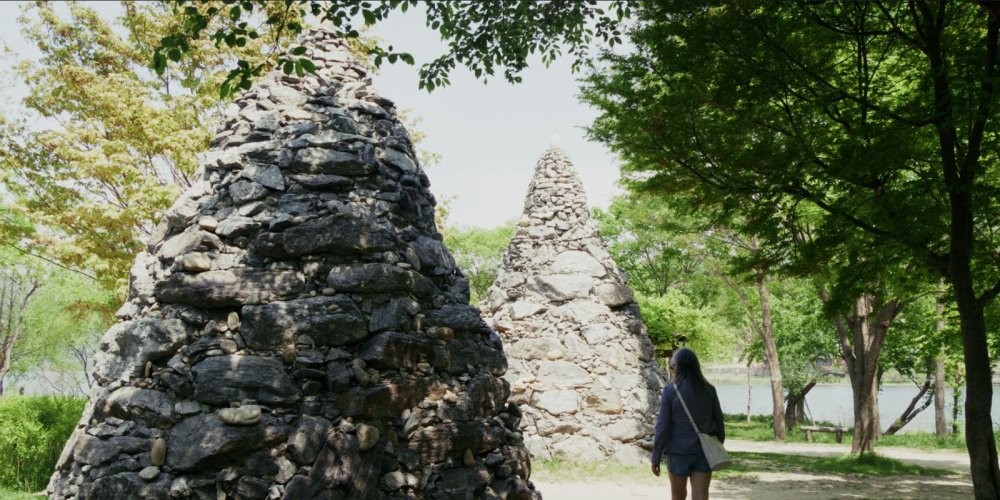
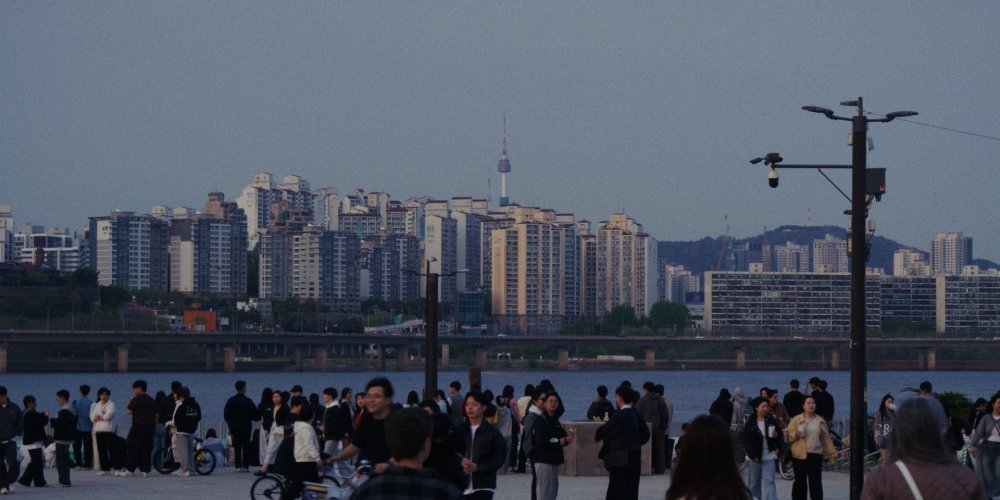
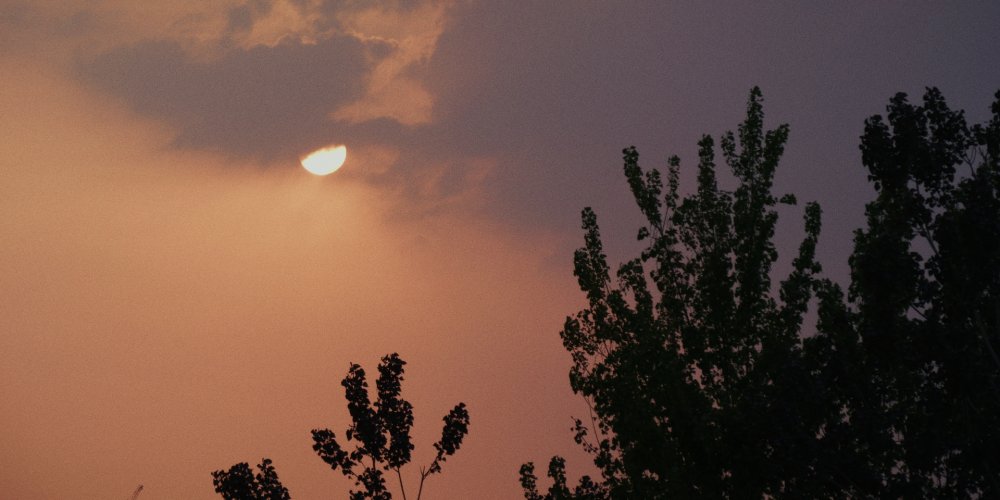
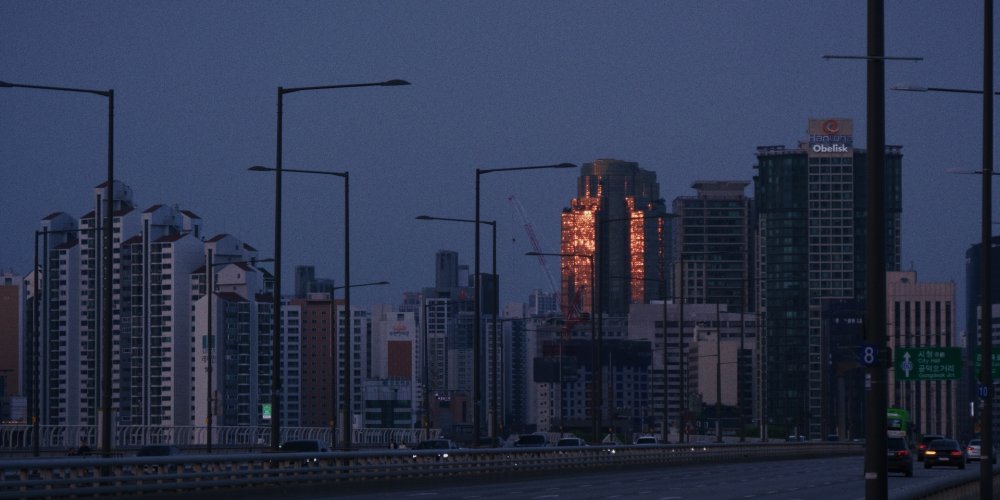
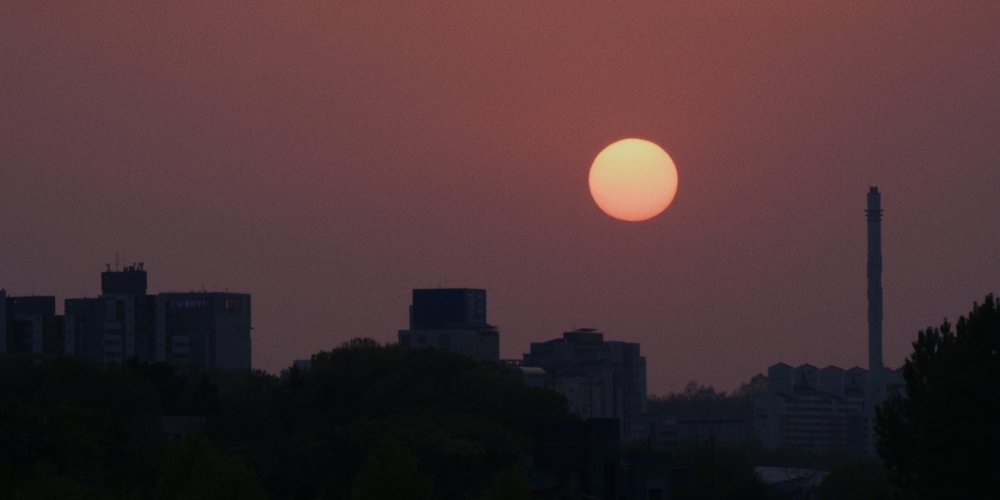
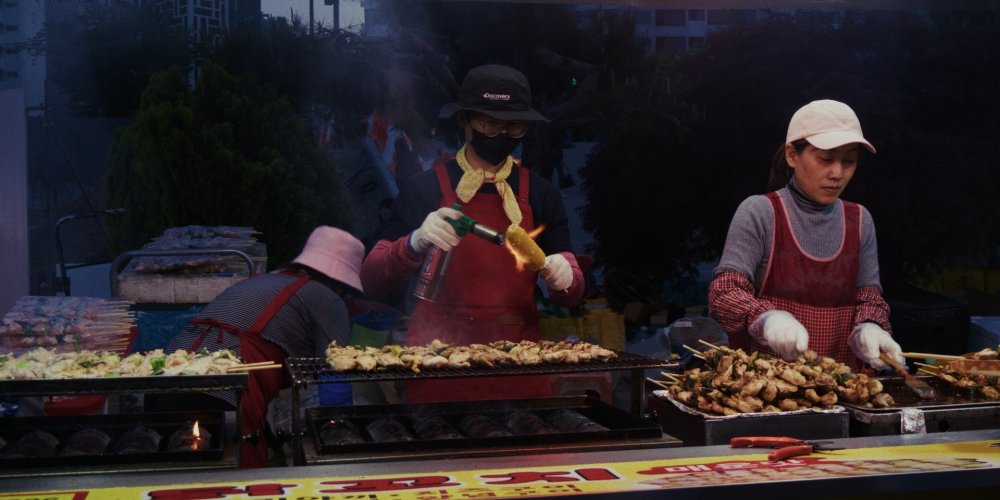
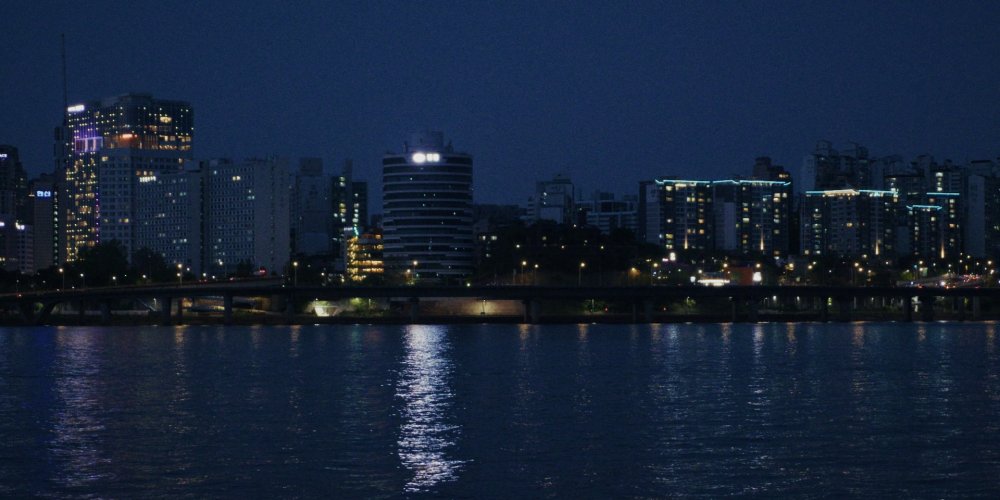
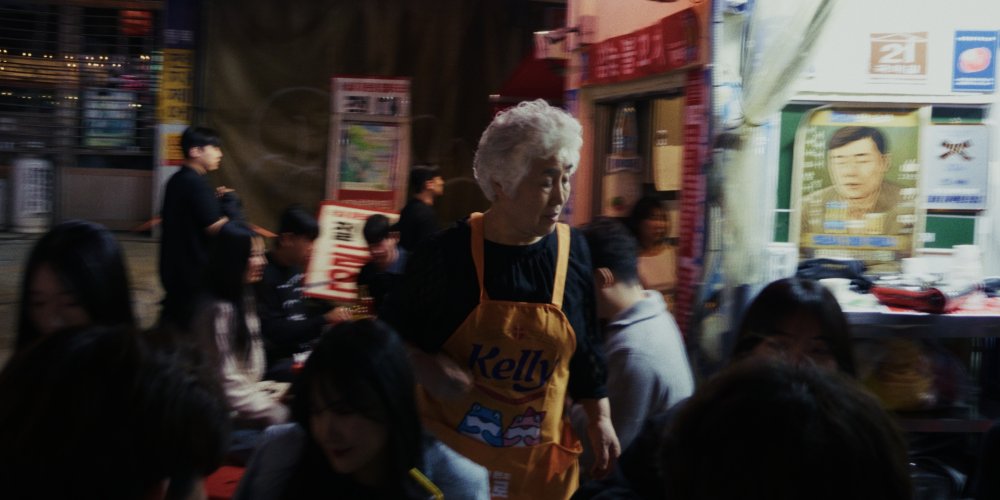
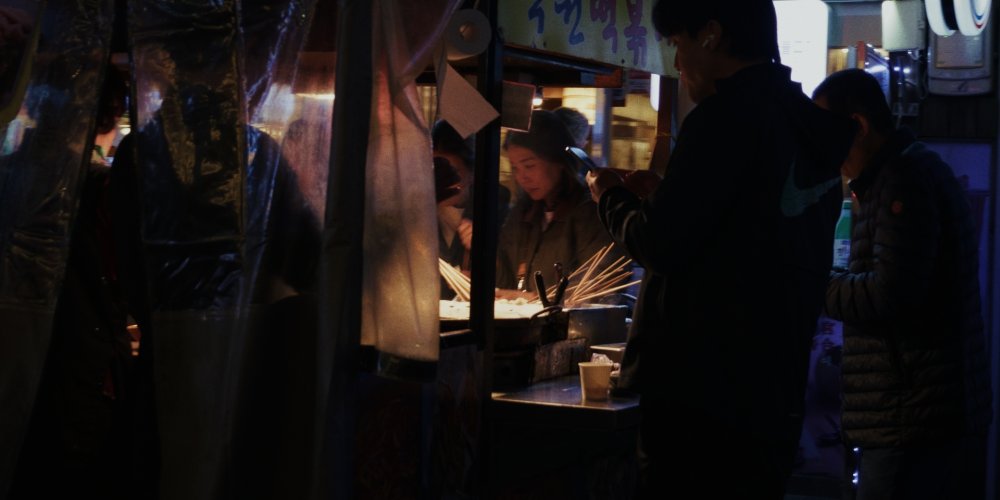
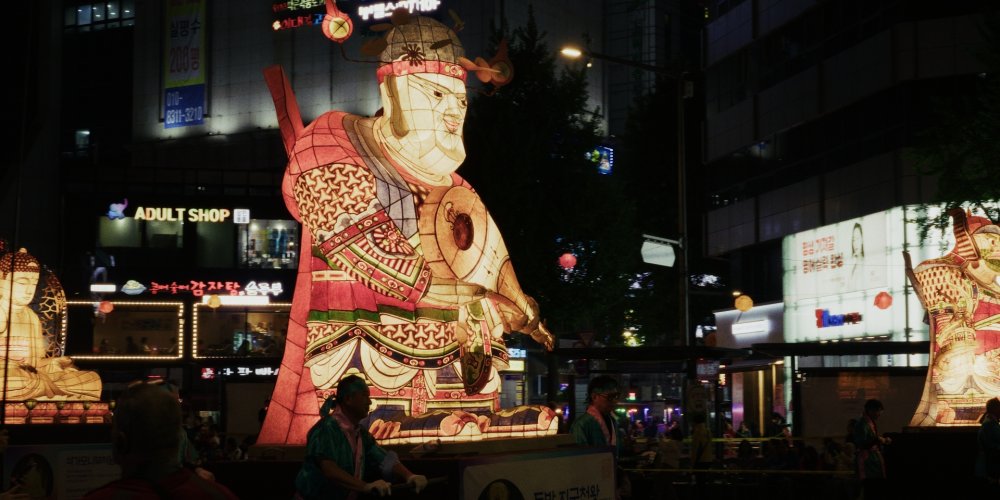
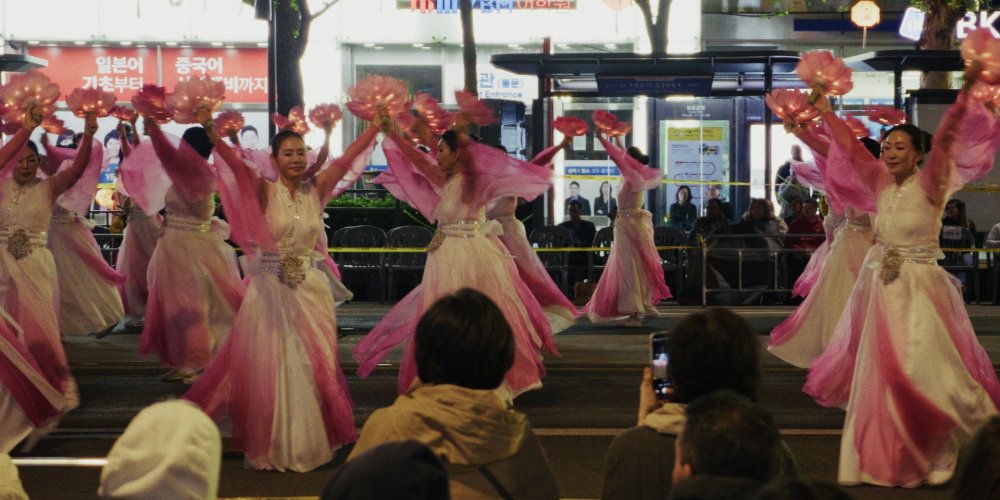
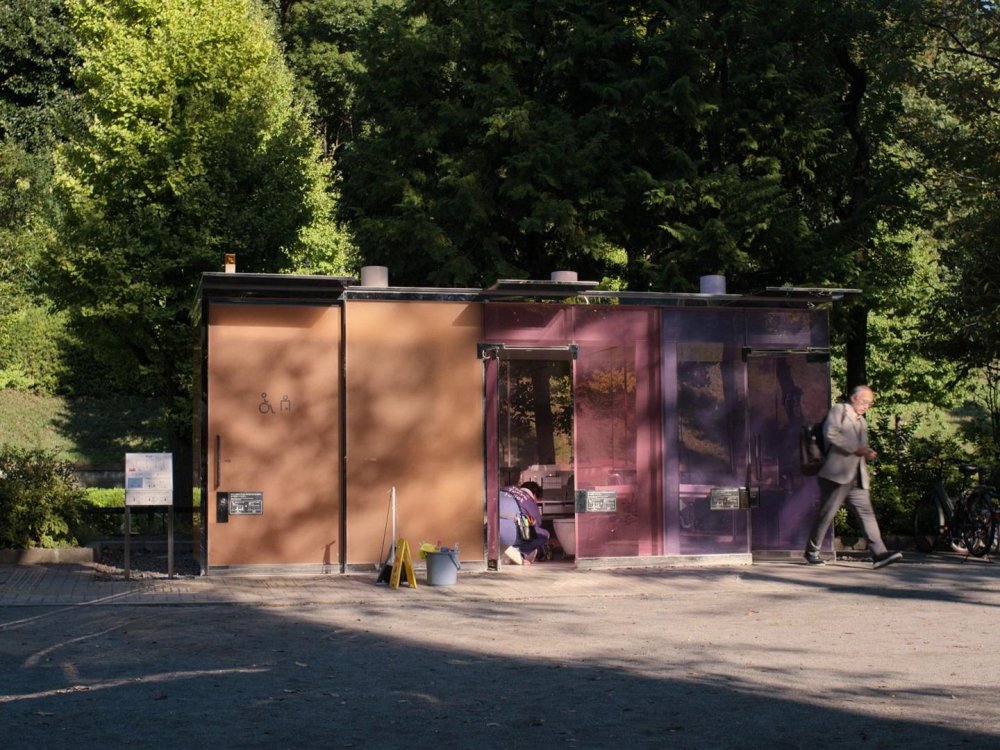
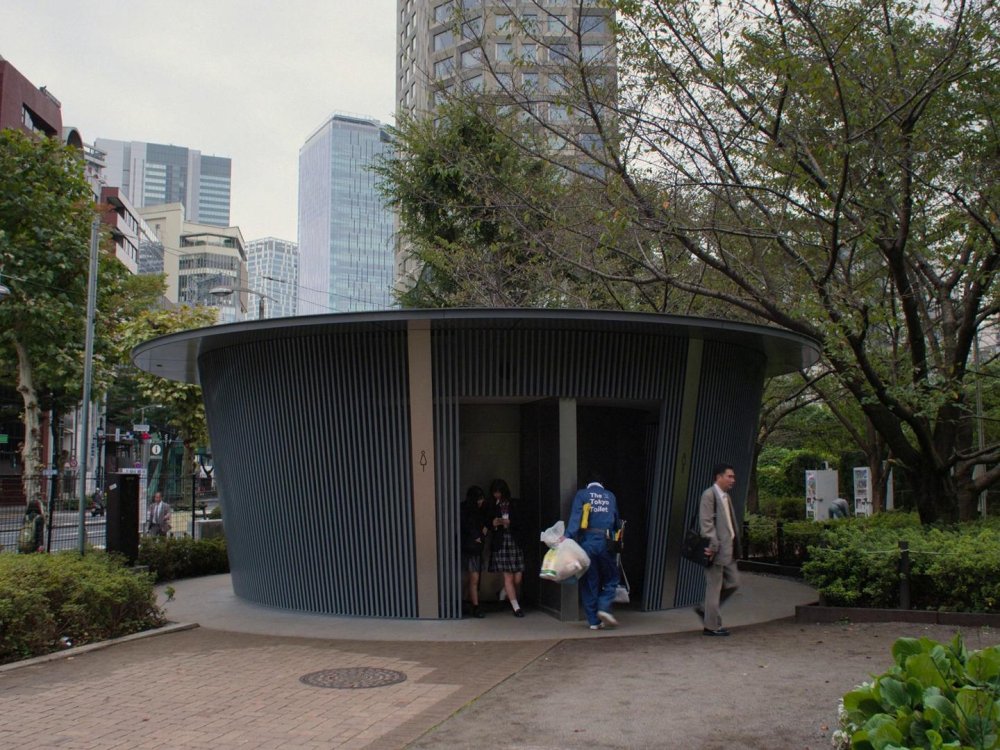
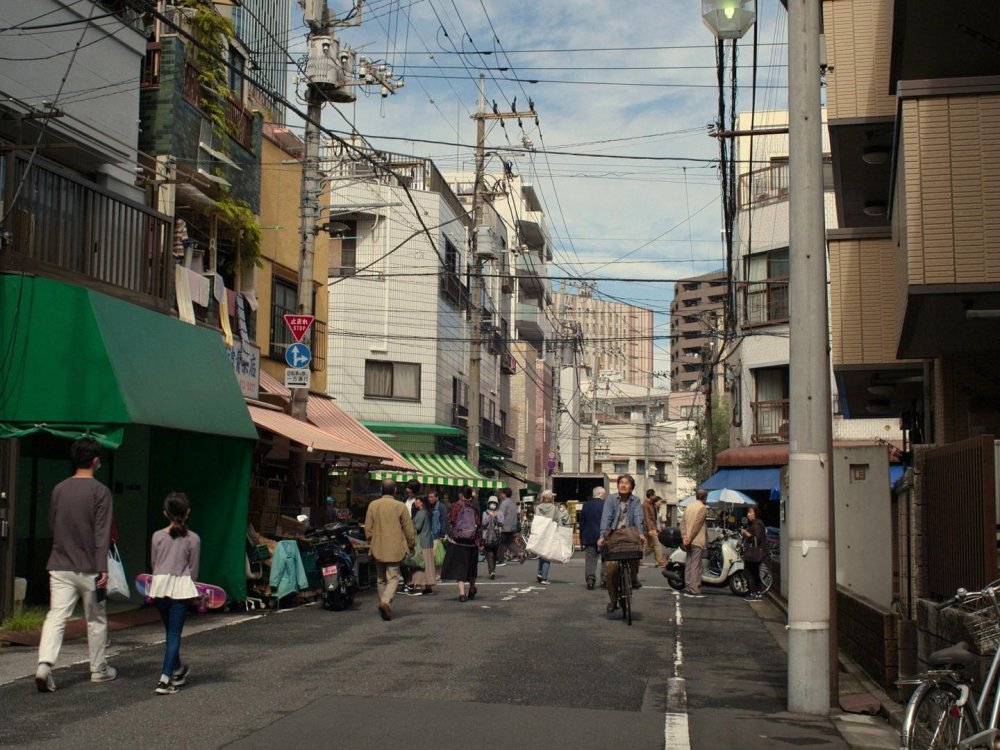
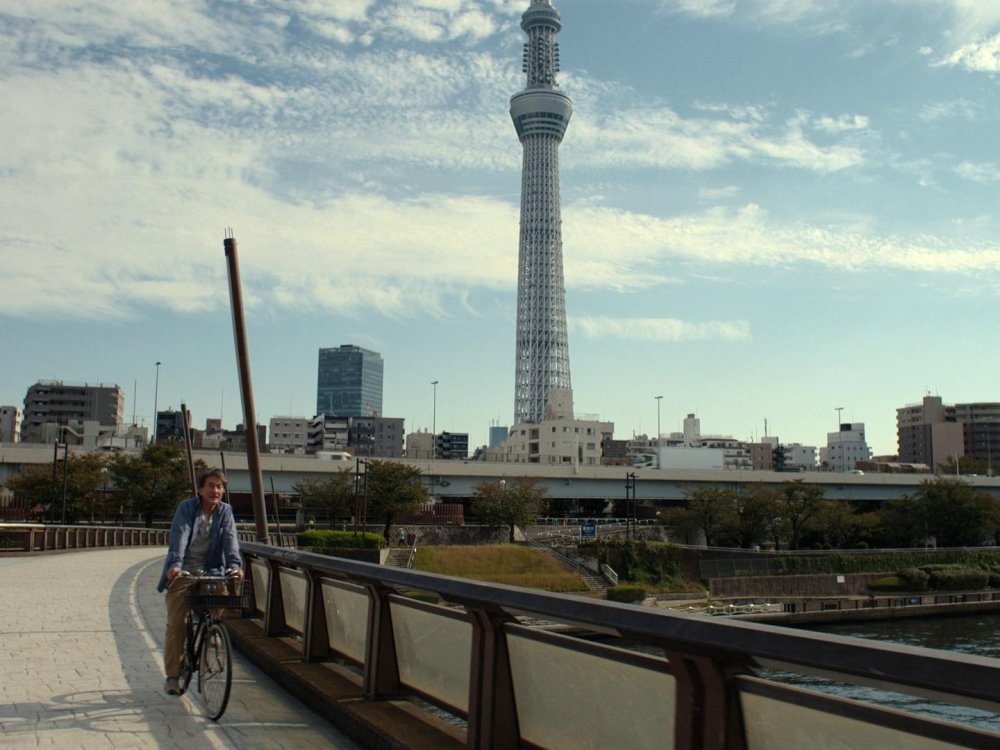
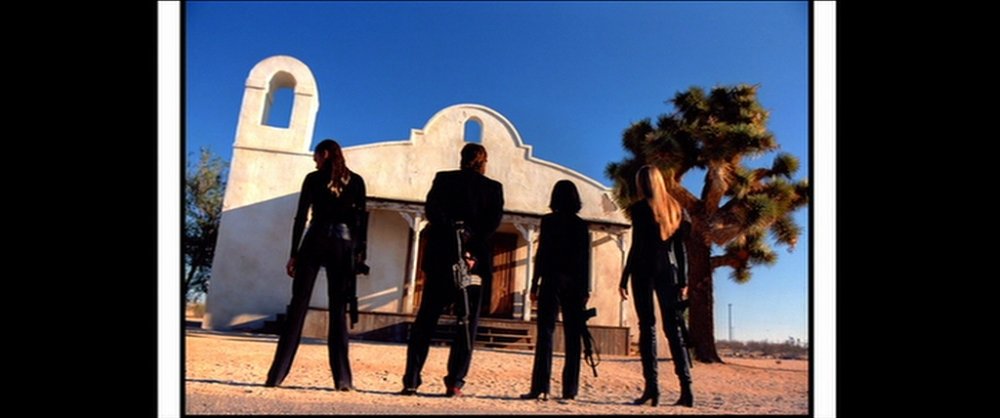
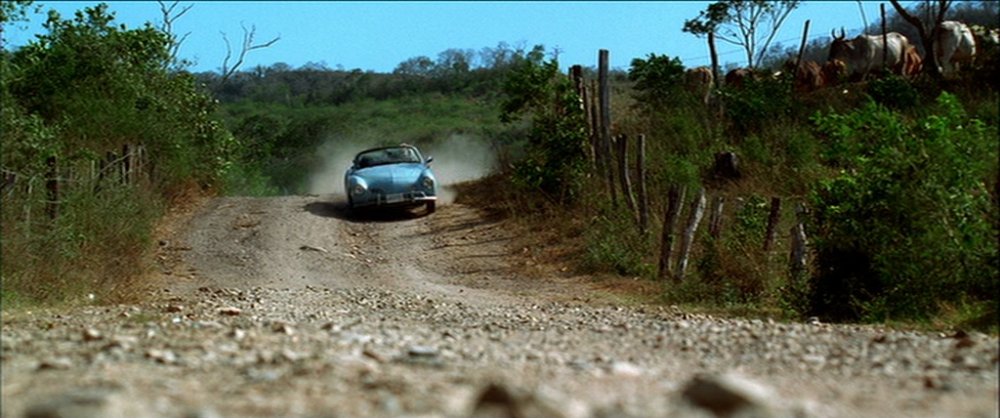
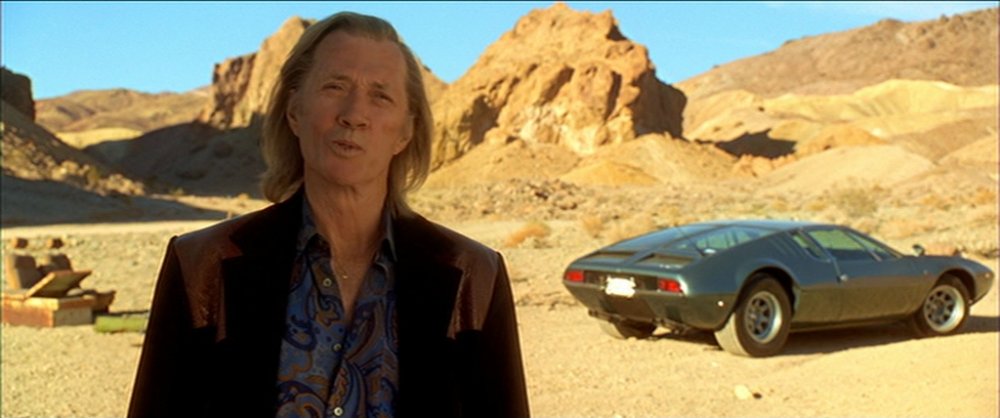
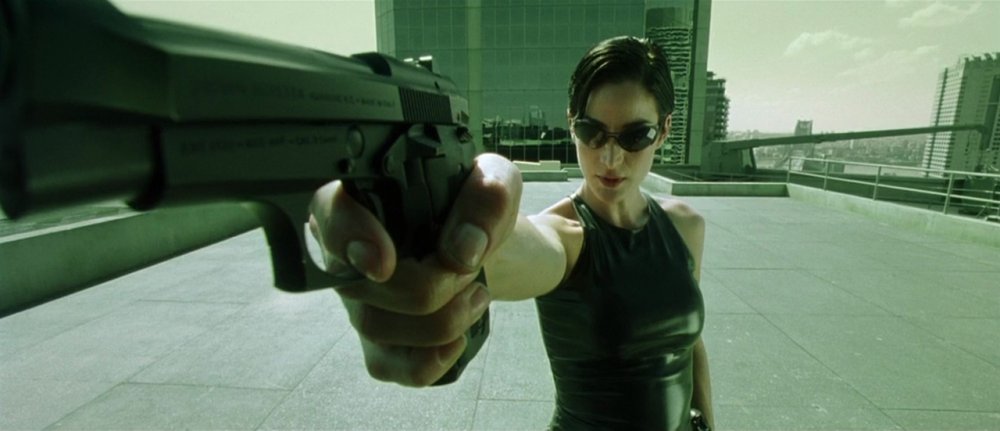
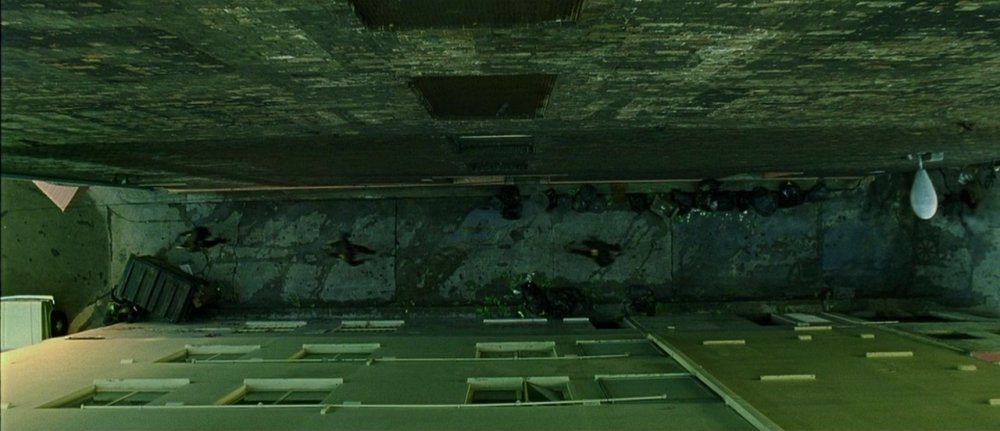
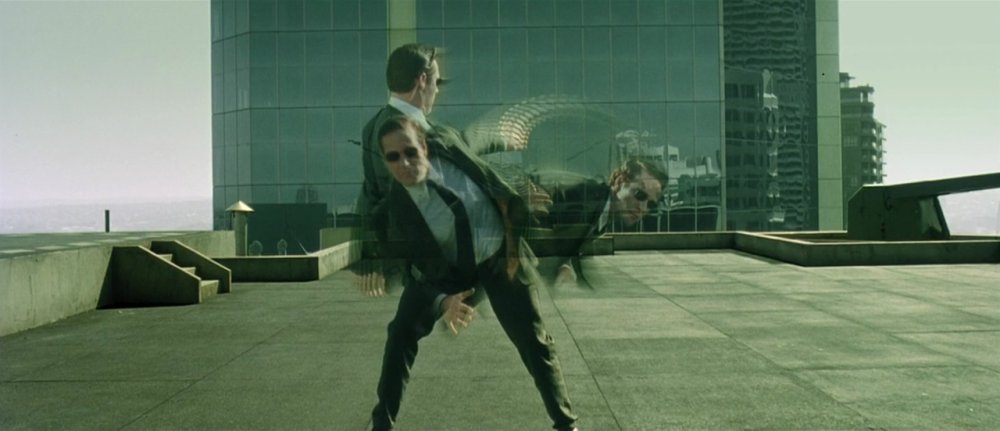
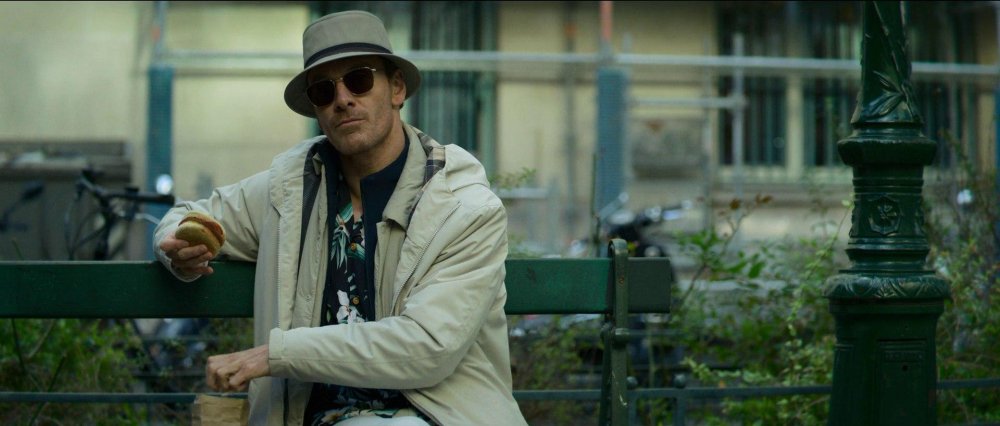
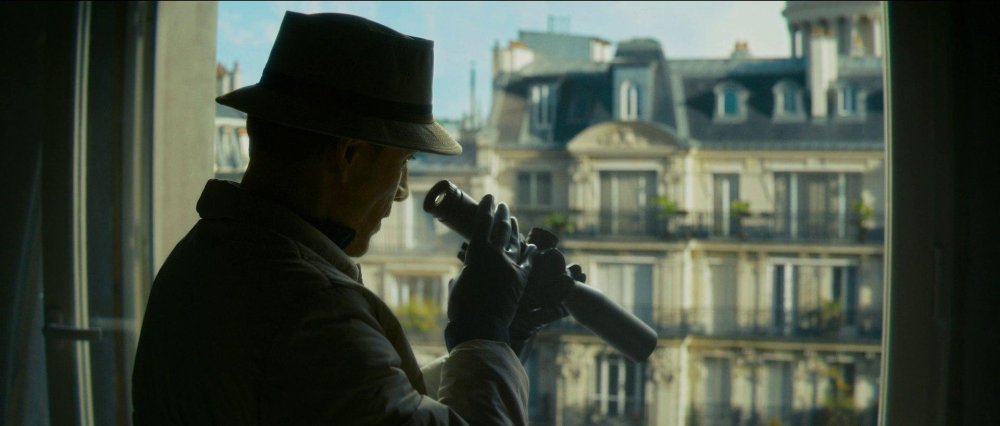
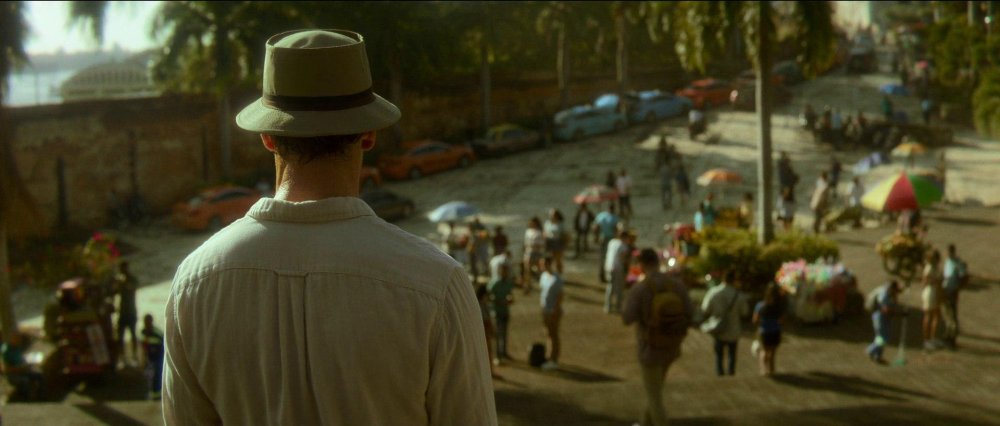
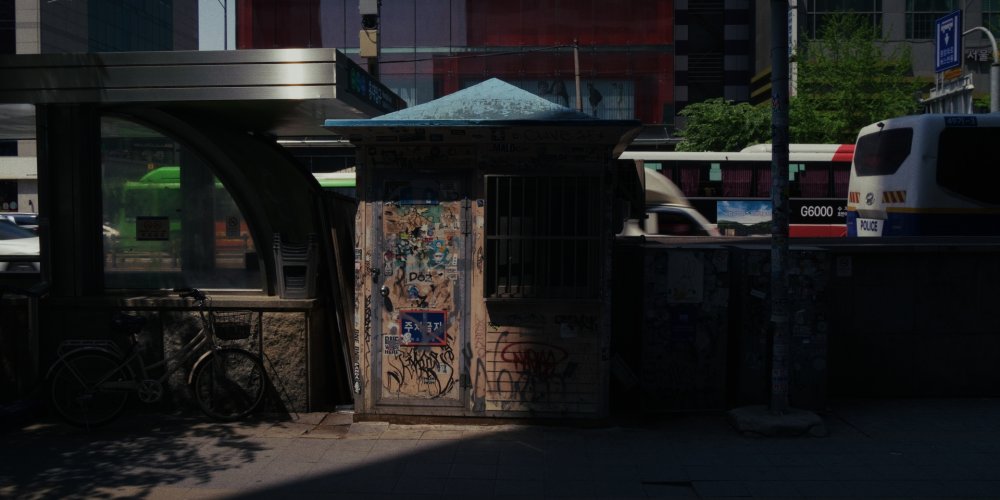
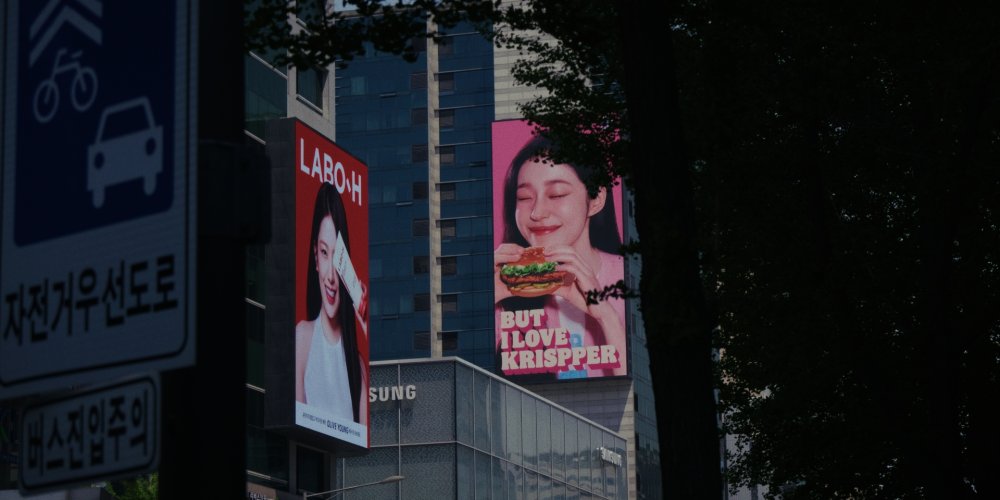
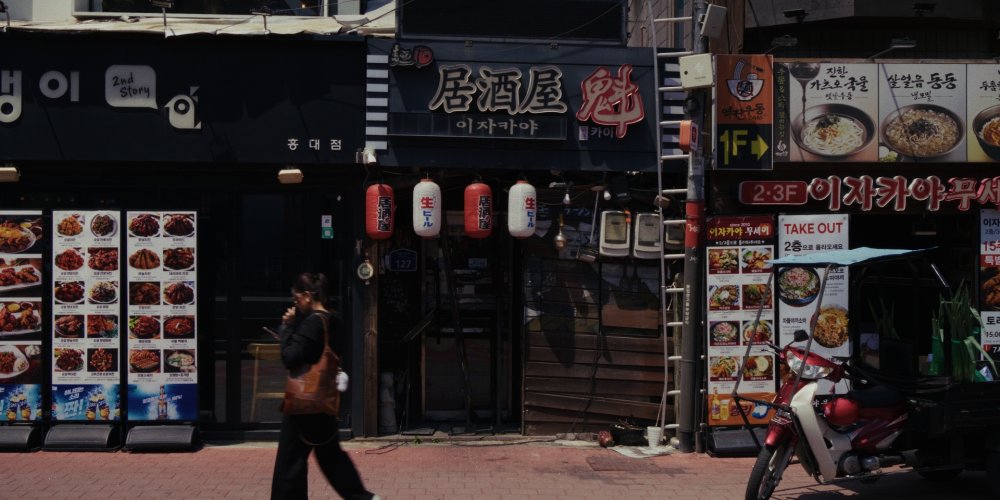
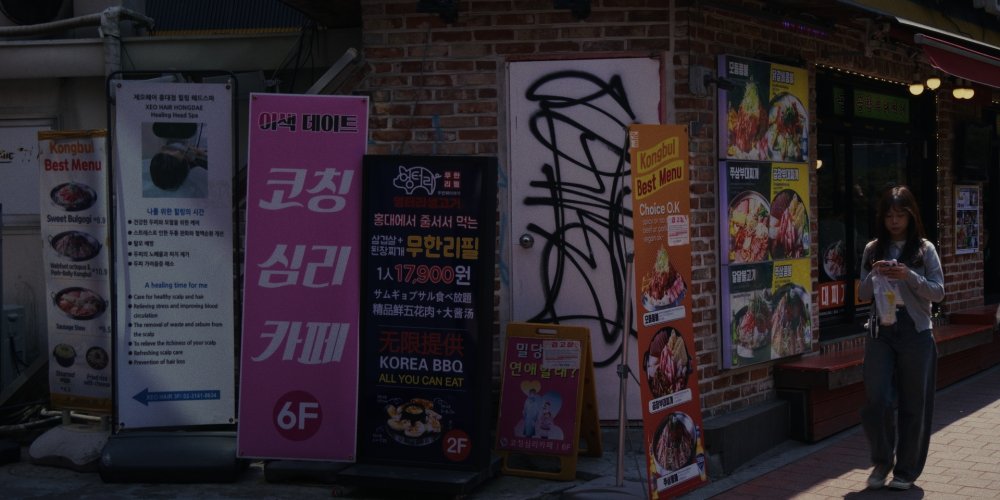
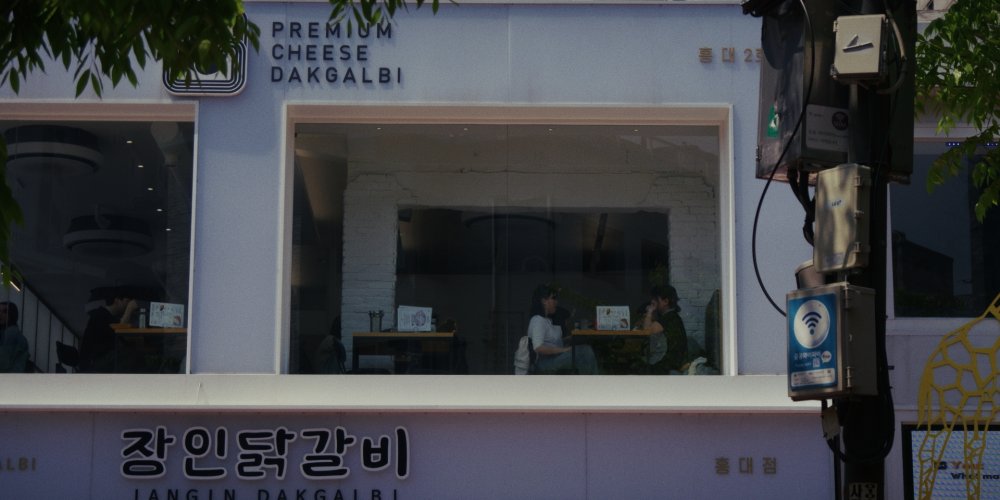
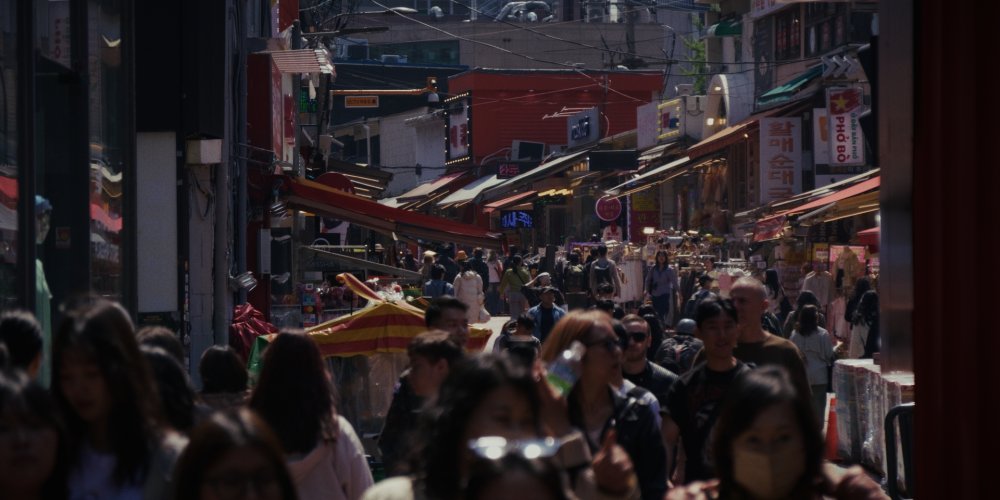
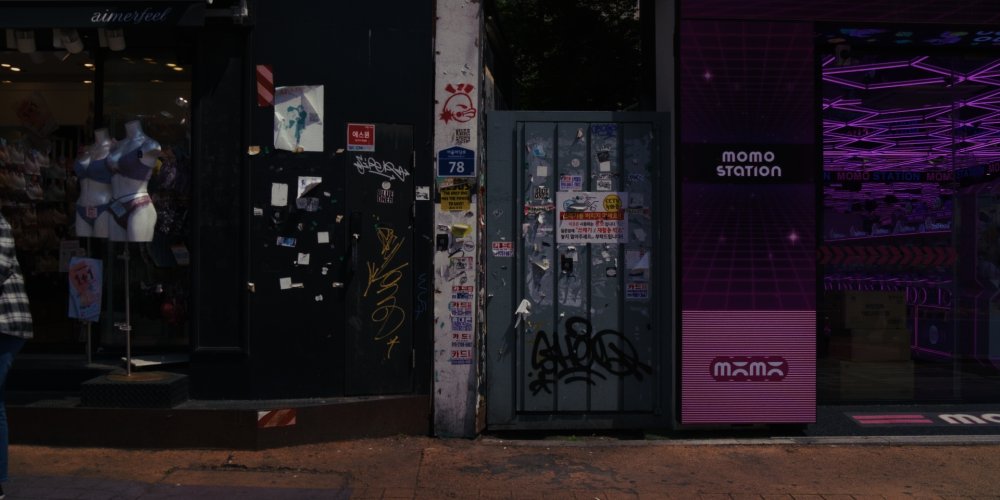
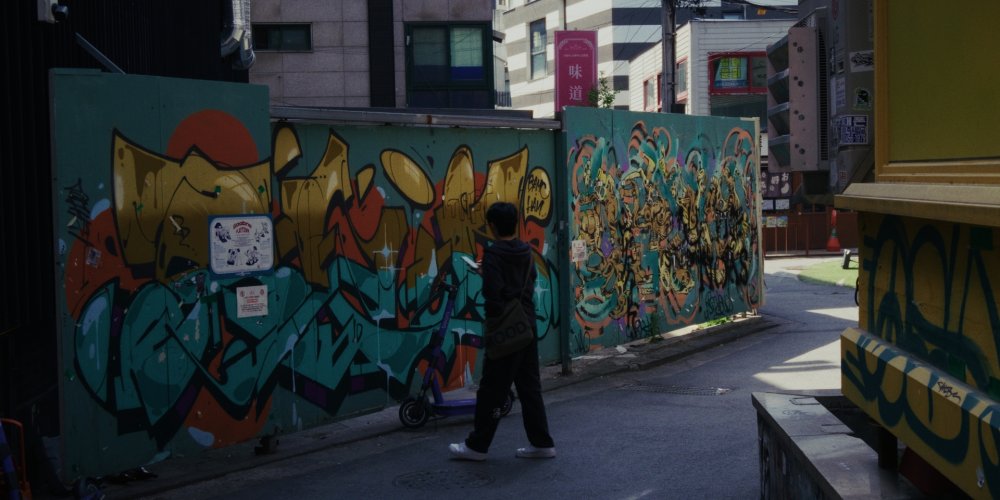
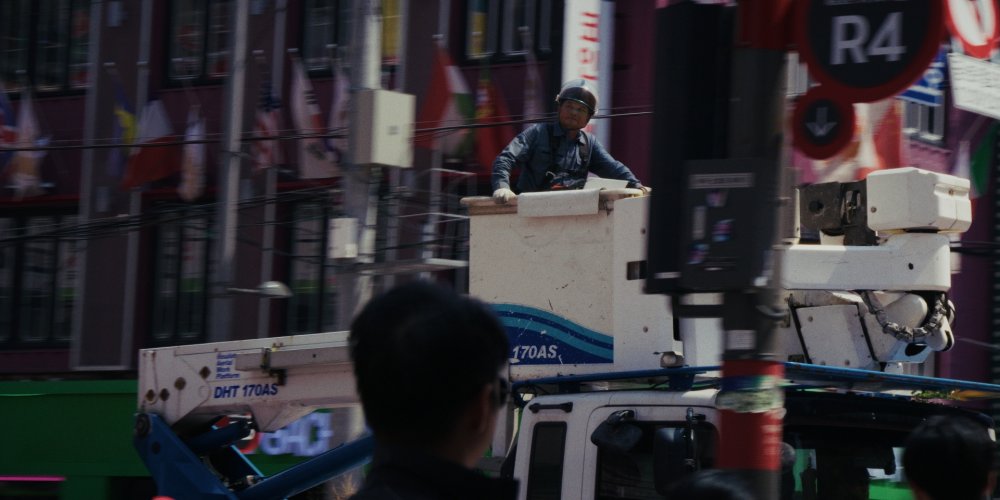
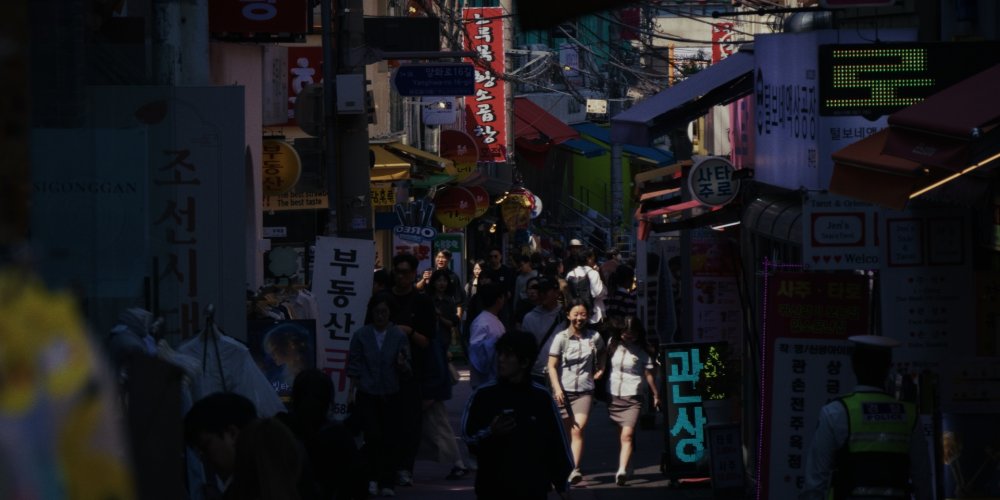
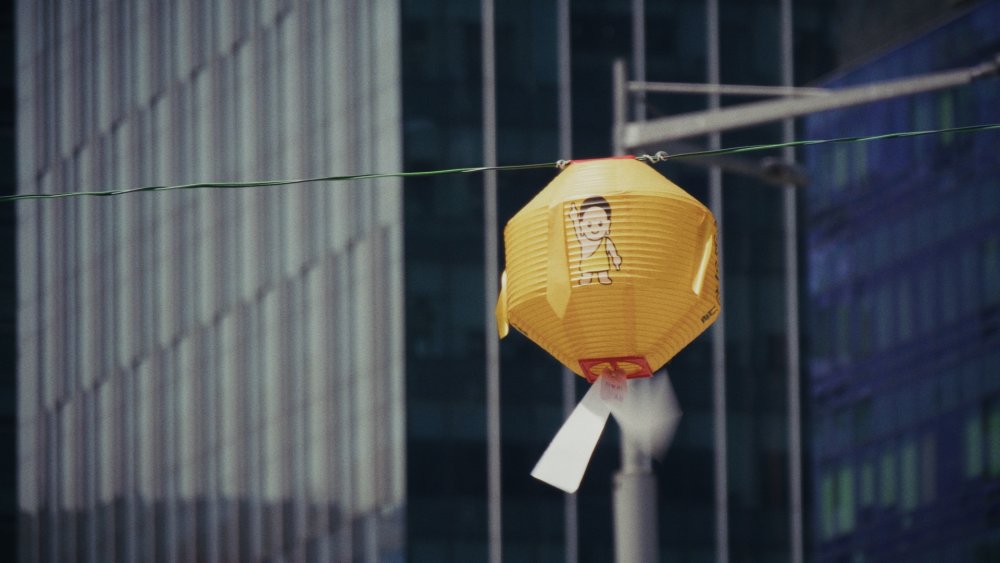
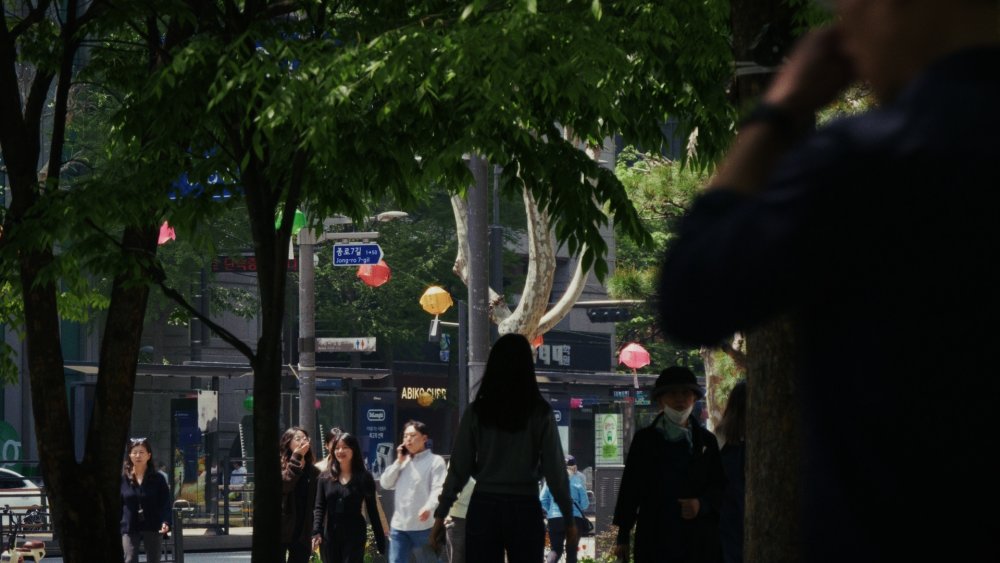
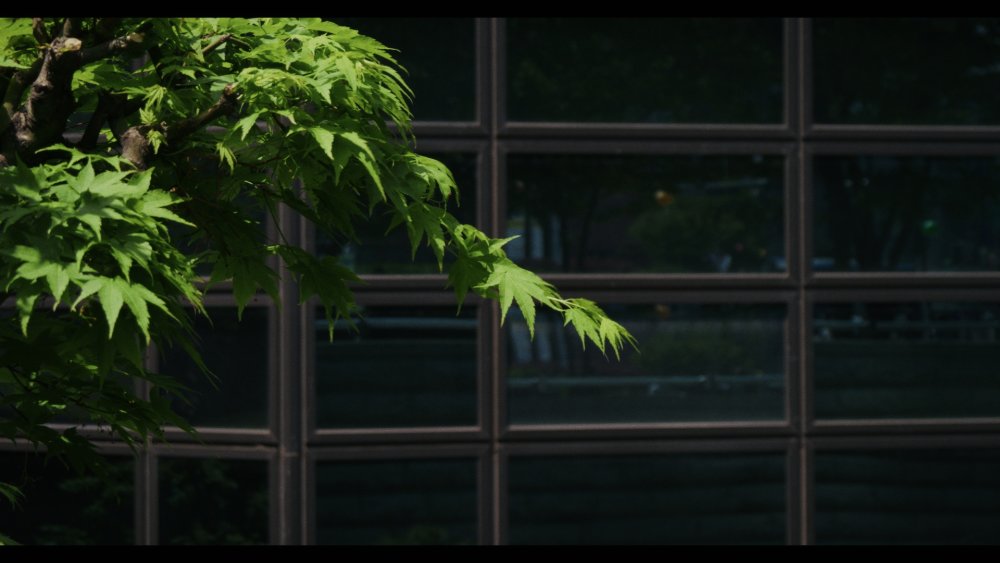
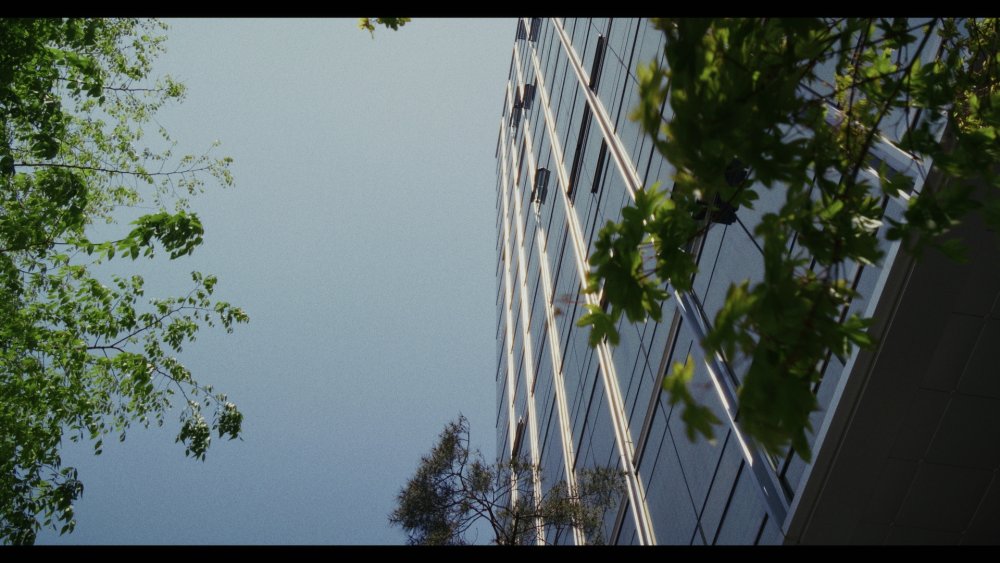
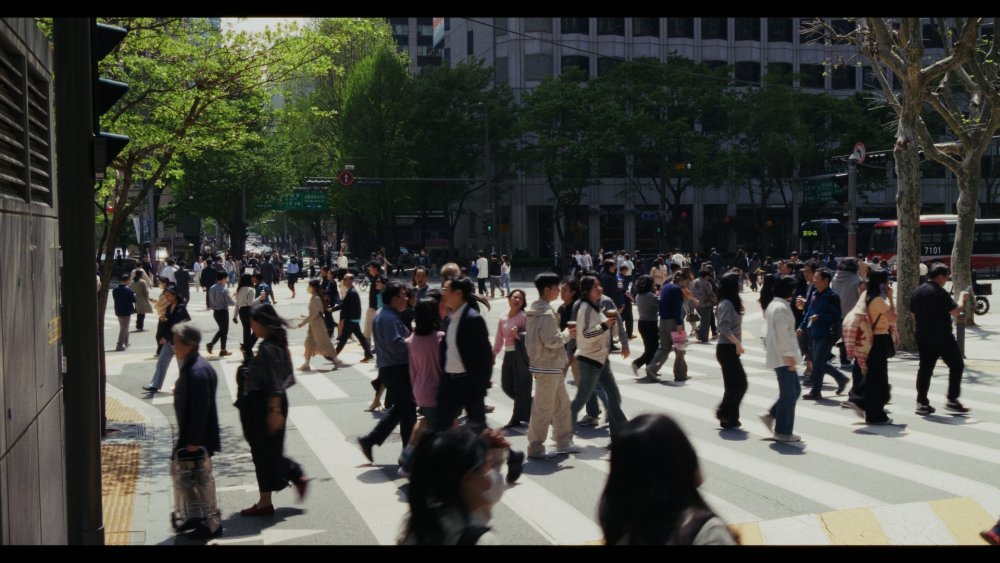
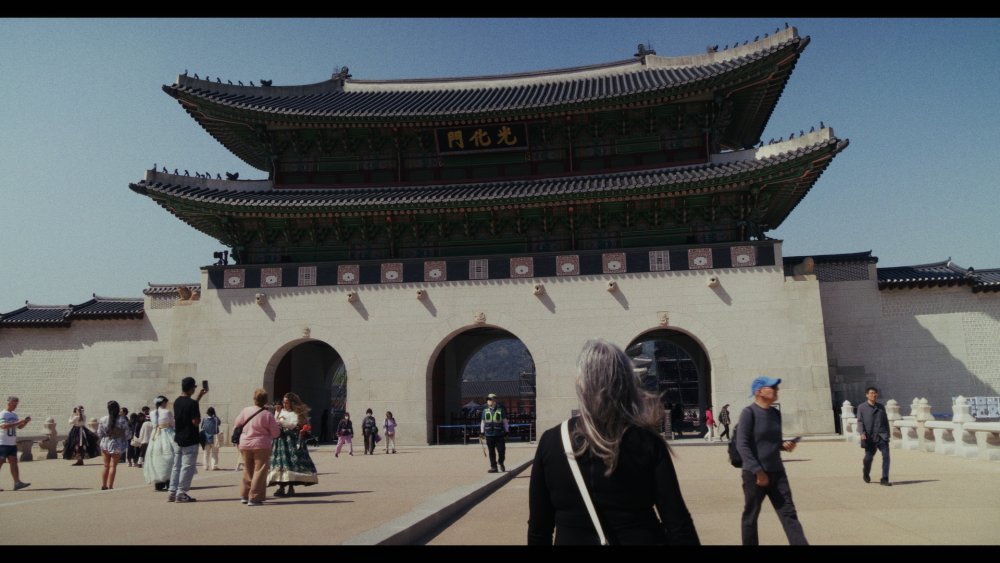
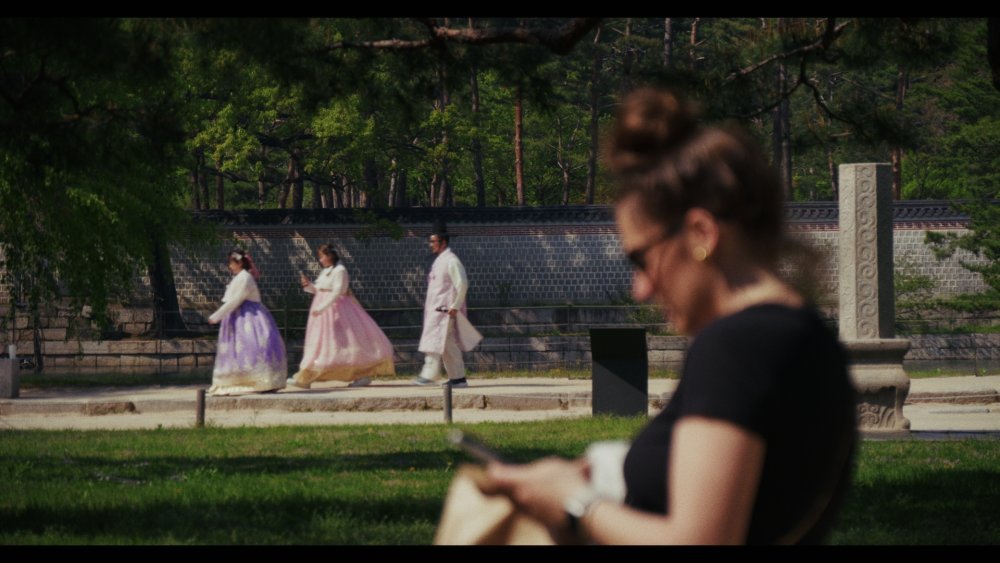
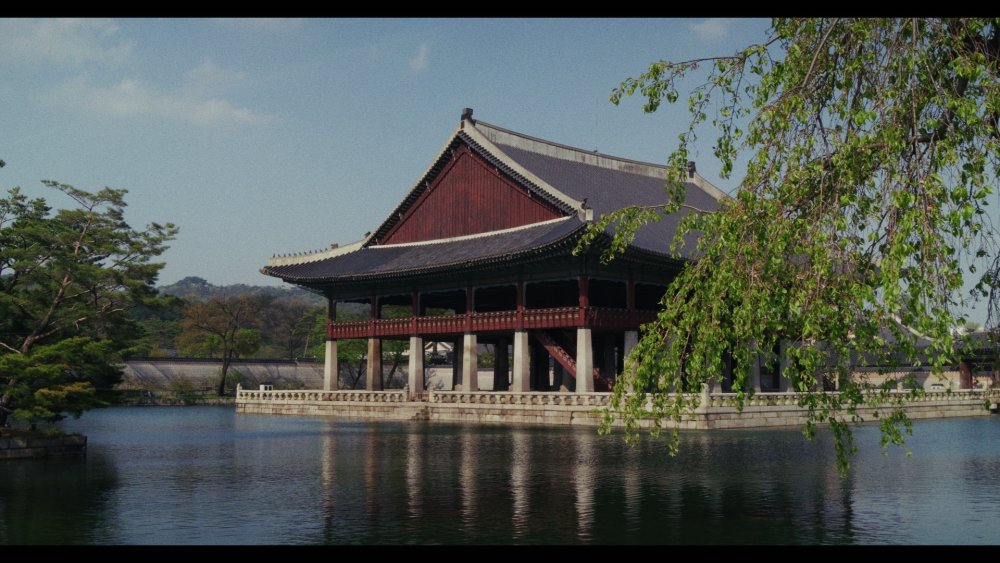
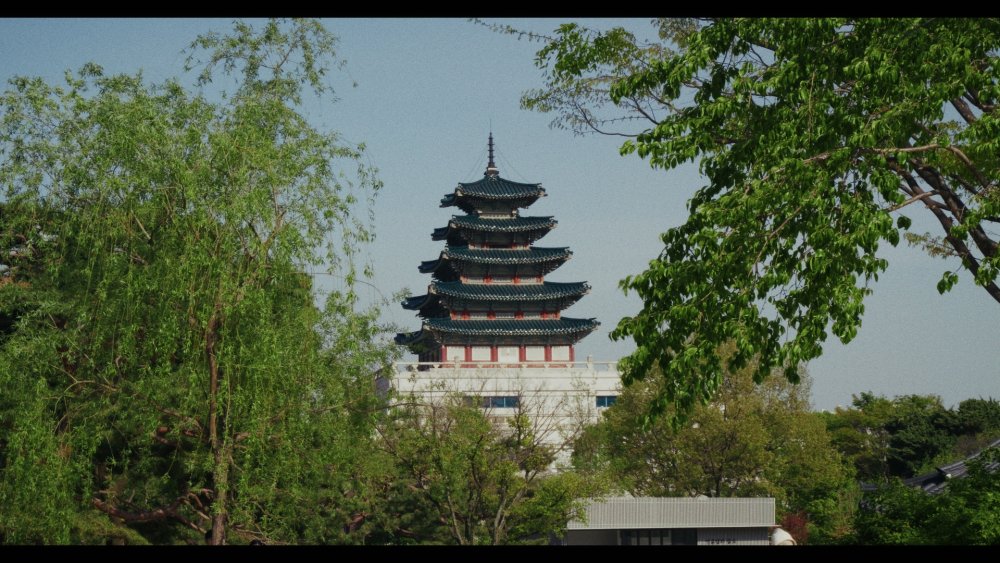
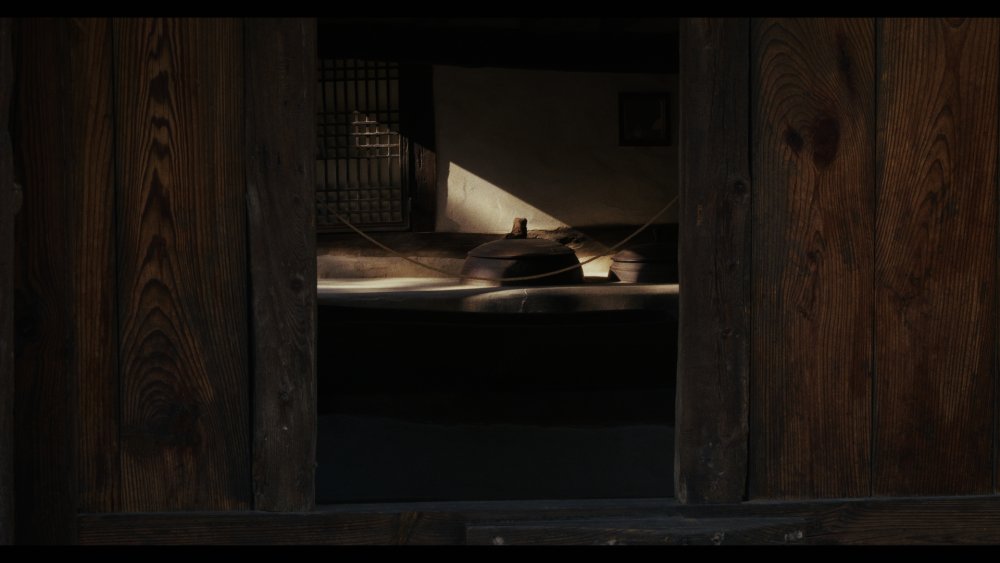
New travel film-making setup and pipeline - I feel like the tech has finally come of age
In: Cameras
Posted
Think about selling it and see how you feel. If you don't have a negative reaction to the thought, and it's not a practical choice, then sell it.
If you do have a negative reaction to the thought of selling it, then think about how much you might get for it and what you could do with that money. Then think about swapping the camera for those other things and see which gives more excitement.
Ultimately, if you're not shooting for money, then you're doing it for enjoyment, so ignore the specs and go with what would bring you the most happiness.
Thanks!
Not sure if I said this above, but my approach for the GX85 shots was to just apply enough of the film simulation in the FLC to get rid of the "video" look in the files, which I think was only about a third. The GX85 has a strong look to begin with, so I didn't need to add much to the colours.
After many years working out colour grading tools and techniques across lots of cameras I've worked out how to get images to not look so digital, but now I can do whatever I want with them, I have to now work out what I want! It's a work in progress as everything is.
Prores V-Log on the GH7 is an absolute joy.
I have been doing some low-light testing over the last week or so in anticipation of my next balloon adventure, and I compared using a 17mm lens with using my new 9mm lens to get a 17mm FOV (firstly by shooting C4K Prores 422 and cropping to 17mm FOV in post, and also by shooting 1080p Prores HQ and cropping to 17mm in-camera) and even then, at ISOs of 5000 or more, the results were still not like the normal results from cheap cameras. In the grade it feels like footage from any cinema camera I've tried - the controls all feel great and the image responds how you want it to without colour shifts etc. Hell, I'm in groups where there are guys dealing with FPN from their RED cameras at base ISO that is worse than this camera has at ISO3200.
Absolutely! There is something magical about this combo. I don't know what, but it's a joy to use and the files just seem to have something special to them.
Dual GX85 bodies is a great way to go actually, and saves time in changing lenses all the time. Great stuff!!